Mais non. Il ne faut jamais jurer de rien avec les Écossais. En 1997, les Fannies quittent les circuits de Formule 1 et prennent les chemins de traverse pour nous emmener découvrir leur pays. Songs From Northern Britain décrocha la troisième place des charts anglais et réussit à se faire une place au soleil entre le Be Here Now d’Oasis et le OK Computer des Radiohead.
Pour fêter les 20 ans de la sortie de ce disque, nous nous sommes entretenus avec David Bianco (son producteur) et George Shilling (son ingénieur du son). Nous avons pu discuter avec Finlay MacDonald (le claviériste du groupe entre 1997 et 2001). Et puis nous avons rencontré Donald Milne, le photographe qui a fait les clichés qui ont été utilisés pour la pochette et le livret du disque.
David Bianco
David Bianco est un producteur américain. Il a travaillé avec Bob Dylan, Tom Petty et le Teenage Fanclub. Des Fannies, il a produit les albums Grand Prix et évidemment Songs from Northern Britain.
Discographie
Teenage FanclubComment s’est déroulé l’enregistrement ?
David Bianco : L’enregistrement a été facile. Nous avions déjà enregistré un album ensemble. Nous nous connaissions et nous nous faisions confiance. Cela a rendu les choses faciles.
Il y a eu des difficultés ? Cela vous a pris du temps ?
Aucune difficulté, sauf le calendrier. Je ne pouvais pas faire le mix comme sur le disque précédent, donc le son était différent. De plus, nous avons enregistré à Ridgefarm dans le Surrey alors que l’album Grand Prix a été fait dans les studios Manor d’Oxford. Les sites étant différents, le son est différent. Je n’ai pu passer que cinq semaines en Angleterre avant de retourner à Los Angeles. Mes camarades n’avaient pas terminé les paroles de leurs chansons et cela nous a mis dans une impasse. Je n’ai rien pu faire de plus.
Quels sont tes meilleurs souvenirs de cette enregistrement ?
Ce fut un moment charmant. La compagnie de ces gars est adorable. Le lieu de mon séjour fut aussi très agréable.
Quelle est ta chanson préférée ?
C’est difficile de choisir mais je pense qu’Ain’t That Enough est ma préférée.
Teenage Fanclub – Ain’t That Enough
George Shilling
George Shilling est ingénieur du son et a mixé Songs From Northern Britain.
Comment as-tu rencontré les membres du Teenage Fanclub ?
George Shilling : Je pense que nous nous sommes rencontrés à l’époque de l’enregistrement de em>Grand Prix aux studios The Manor. Ma femme dirigeait ces studios et Norman y rencontra sa femme. Elle y était la gouvernante.
Il y a des difficultés lors de cet enregistrement ?
Comme ce sont de bons musiciens ce ne fut pas trop difficile. Je savais comment ils procédaient car nous avions déjà travaillé ensemble. L’enregistrement de Songs From Northern Britain était en partie terminé. Je savais donc quel son il fallait atteindre. Nous étions aux studios AIR dans le studio 1, qui est un excellent espace d’enregistrement qui est bien équipé avec des micros et une console formidables. Cela a facilité les choses. Je me souviens que le groupe était impressionné par les sons bruts que j’avais avec la console.
Comment as-tu trouvé le son de ce disque ?
Ils m’ont annoncé leurs influences, m’ont joué quelques morceaux et m’ont passé des disques. J’ai fait sonner ces influences sixties de manière un peu plus forte.
Quel est ton meilleur souvenir lié à cet enregistrement ?
Nous avons été invités par Liam Gallagher pour entendre les premiers mixs de Be Here Now qui étaient en train d’être faits dans le studio 1 alors que nous mixions Songs From Northern Britain dans le studio 2. Ils avaient installé un mur d’enceintes et nous avons été complètement bluffés. Le groupe m’a également présenté Bernard Butler lors des séances et j’ai beaucoup travaillé avec lui.
Quelle est ta chanson préférée ?
Ain’t That Enough. Je ne l’ai pas enregistrée mais je l’ai mixée. Je crois que ça reste leur single qui a rencontré le plus de succès dans les charts anglais.
Finlay MacDonald
Finlay MacDonald a joué avec les BMX Bandits. Il a intégré le Teenage Fanclub pour la tournée Songs From Northern Britain. Il a enregistré avec le groupe les albums Howdy, Songs of Wisdom and Hope et les 3 inédits présents sur la compilation 654654 seconds…. Il joue en ce moment avec les Lenzie Moss.
Songs From Northern Britain fut un succès commercial important. Comment le groupe se sentait-il avec cette reconnaissance ?
Finlay MacDonald : Bien. Jouer à ‘Top of The Pops’ fut un grand moment pour tout le monde. Nous avons tous grandi avec cette émission.
Quelle est ta chanson préférée de ce disque ?
Start Again.
Teenage Fanclub – Start Again
Quels sont mes meilleurs souvenirs de cette tournée ?
Nous avons ouvert pour Radiohead aux États-Unis et au Canada. Je n’avais jamais été aux États-Unis auparavant… Ce fut des moments très importants pour moi.
Et le meilleur concert ?
Difficile de choisir un concert. Je retiendrai probablement mon premier concert au Zodiac (Oxford). C’était un concert qui nous a servi pour le lendemain car on devait jouer au Shepherds Bush Empire (un lieu emblématique de Londres) et le concert allait être retransmis par la Radio 1 de la BBC. Et bien sûr, le concert au Glasgow Barrowland. Il s’agit de ma ville natale. Tous mes copains ont grandi en rêvant de jouer ‘The Barras’.
Donald Milne
Donald Milne est un photographe écossais qui a travaillé avec Pulp, Supergrass et les Teenage Fanclub.
Comment as-tu rencontré les membres du Teenage Fanclub ?
Donald Milne : J’ai rencontré Gerry et Raymond lors d’une réunion organisée par les designers de Blue Source à Londres. Ensemble, avec Mark de Blue Source, nous avons proposé de faire des photographies qui allaient à l’encontre des photographies des paysages de l’Écosse. On voulait montrer autre chose que l’image de carte postale du type en kilt qui joue de la cornemuse que l’ont peut trouver sur les boites de gâteau ou dans le film Brigadoon. C’est un vieux film. Si tu ne le connais pas, regarde-le, tu comprendras ce que je veux dire. Il montre bien cette vision de l’Écosse .
https://www.youtube.com/watch?v=dHJYqcjXsl8
Quelques semaines plus tard, Mark (Mark Tappin qui s’occupait du design chez Blue Source), Dave (un assistant photo) et moi-même avons quitté Londres pour Glasgow un mardi soir dans l’espoir d’avoir un climat décent.
Raymond et Gerry sont venus prendre le petit déjeuner avec nous le lendemain matin. Je pense que l’idée était assez originale. Ils voulaient venir avec nous le temps d’une demie-journée. Ils ont fini par rester les trois jours avec nous. Norman est venu nous rencontrer au moment où nous étions près de chez lui… Et il a fini par rester aussi.
Combien de temps cela t’a-t-il pris ?
Les clichés ont été pris pendant 3 jours (du mercredi matin au le vendredi soir). J’ai toujours aimé l’idée que
celui qui regarde mes photographies puissent imaginer que le groupe soit présent derrière l’appareil photo ou tout simplement hors-cadre. C’est peut-être comme ça que les photographies fonctionnent : quand le groupe est présent mais hors du cadre. Ils sont comme des photographies du groupe mais le groupe est sorti du cadre. C’était génial, ils étaient là et étaient sensationnels. Ils donnaient des commentaires (généralement très positifs) sur les photographies. Cela se ressent sur les photographies. Nous avons fait du bon boulot.
Je pense que c’est important que les photographies soient inspirées par la musique ou du moins avec les prises de l’enregistrement en question. J’avais pu écouter le disque pendant quelques semaines et le groupe m’aidait pendant que je faisais les photographies. Il faut que la pochette du disque ressemble aux chansons. Les pochettes de disque sont très importantes. Une mauvaise pochette peut gâcher ton rapport au disque. Le temps était très ensoleillé et chaud le mercredi et le jeudi, superbe même selon les normes météorologiques pour un mois d’avril écossais. C’est probablement une des raisons pour lesquelles le groupe est venu avec nous. C’était sympa de faire ce petit voyage et de profiter des différents endroits. Mark et Dave, qui n’avaient pas vraiment parcouru l’Écosse avant cela étaient impressionnés par la beauté des lieux.
Nous nous sommes aidés de cartes routières et tout le monde y allait de ses suggestions. Quand un endroit ne nous convenait pas, nous rangions le matériel et nous allions ailleurs. Géographiquement parlant, l’Écosse est un petit pays, donc, si vous n’aimez pas l’endroit où vous habitez, il ne faut généralement pas conduire très longtemps pour trouver un endroit différent. Chaque ville que nous avons visitée semblait avoir une chose en commun : à savoir que tous ce qui pouvait servir de la nourriture était fermé. Par conséquent, nous vivions avec un régime de chips et de noisettes.
Quel matériel as-tu utilisé ?
Les clichés ont été fait avec un appareil grand format. Un 5X4. C’est le genre d’appareils que tu aperçois dans les vieux films. Tu sais les appareils où il faut se mettre une couverture sur la tête pour se concentrer. Les négatifs sont conservés dans des dos spécifiques. Ils ont tendance à être encombrants et lourds, vous devez planifier votre prise de vue et cela prend du temps à mettre en place, vous devez faire attention au cadrage et la mise au point peut être délicate. Mais d’une manière qui peut ajouter un sens du théâtre, l’idée que faire une photo est un événement spécial, exactement le contraire de prendre des centaines de milliers d’images sur un iphone. C’est un moyen coûteux de travailler, mais vous obtenez un très beau négatif avec beaucoup de détails.
Nous avons loué un 5×4 Linhoff (ou peut-être une Horseman, je ne me rappelle plus), mais l’équipement a été livré alors que nous étions sur le point d’obtenir un taxi pour l’aéroport, et nous avons été choqués… On nous avait livré un mauvais appareil : nous avions un appareil Wista en bois et en laiton. Quoi qu’il en soit, cela a bien fonctionné car il était probablement un peu plus rapide à mettre en place. A la différence des autres, il ne se monte pas sur des rails. Le Wista a donc ajouté quelque chose à cette session photo. C’était assez drôle au final. J’avais envie d’avoir un chapeau haut de forme et d’être un de ces photographes du dix-neuvième siècle.
Une fois que Norman était à bord, nous avons décidé de nous diriger vers Aviemore, une station de ski dans les Highlands et nous avons séjourné dans un hôtel appelé The Red McGregor.
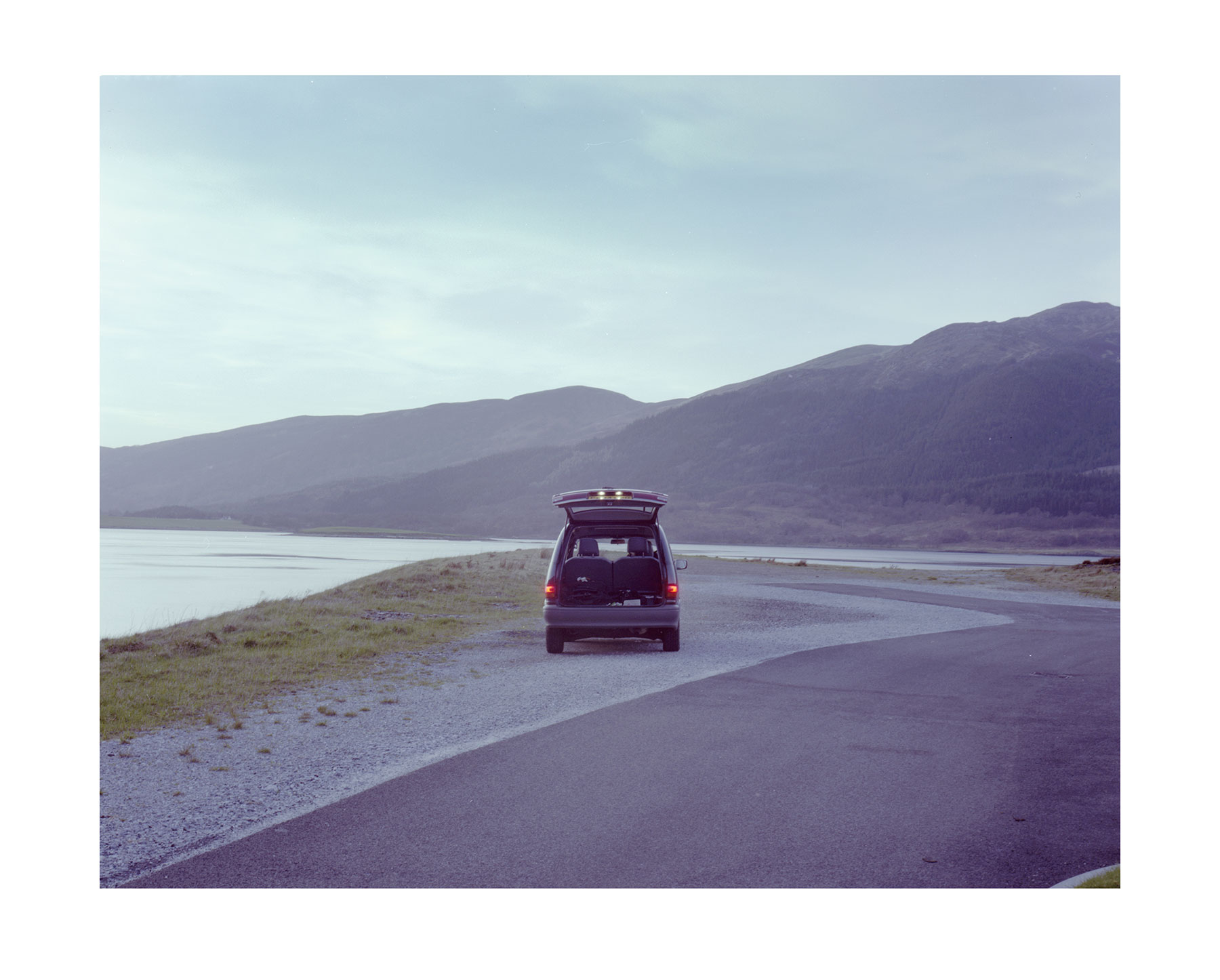
Le lendemain matin, je me suis réveillé tôt et j’ai regardé les bulletins météorologiques qui ont tous convenu que nous étions dans un jour plutôt terne et couvert, bien que pour le moment il semblait plutôt clair et ensoleillé. Je suis allé à l’extérieur pour avoir un meilleur regard sur le ciel, j’ai fait quelques pas à la fin de l’allée de l’hôtel et j’ai vu un solide bloc de nuages venir et il ne restait que 5 à 10 minutes de soleil. Je me suis retourné vers l’hôtel et j’ai vu un parc d’expositions juste à côté. Étant arrivés pendant une nuit sombre, nous l’avions complètement raté la nuit précédente. J’ai appelé mon assistant pour descendre rapidement la caméra et l’équipement. Je me suis déplacé et j’ai trouvé un bon point de vue en face d’un manège (un Waltzer) du nom de Disco Fever. Nous avons rapidement mis la caméra en place alors que les nuages apparaissaient au-dessus de la tête, prêts à masquer le soleil qui faisait un très beau travail en soulignant les rouges audacieux sur les portes du parc des expositions. J’ai pris un seul cliché, puis j’ai sorti le flash, le remplaçant avec le Polaroid, fait une exposition, ressorti le flash et pris une photo. Nous avons attendu et vérifié l’exposition avec la photographie instantanée du Polaroid avant de refaire une photographie alors même que les nuages avançaient et se glissaient devant le soleil. Le film Polaroid se composait d’une feuille de papier photographique instantanée qui était encastrée dans plusieurs couches de papier noir et gris et un cocktail chimique qui se mélangeaient quand tu tirais la photographie via les rouleaux du dos Polaroid. Il fallait que cette feuille soit maintenue au chaud – généralement sous une aisselle – pendant une minute et demi avant que les couches ne puissent être écartées pour montrer la photo. Pendant 90 secondes, Dave a gardé au chaud le Polaroid. L’exposition a été bonne ! Les employés du parc des expositions étaient arrivés et avaient pris l’une des portes. J’ai déclenché l’appareil via un câble et quelque secondes plus tard, le soleil est arrivé. C’est la dernière fois que nous l’avons vu. j’ai réalisé tout de suite que ce cliché serait parfait pour la pochette du disque. Je suis allé prendre le petit déjeuner.
Où as-tu pris ces photographies ? Te rappelles-tu des lieux ?
En quittant Glasgow, nous avons trouvé ce que je pensais être au départ un dépôt de véhicules utilitaires. C’est là que nous avons fait la photo du camion-citerne bleu et le garage avec le toit ondulé (qui a servi pour la pochette du single I Don’t Want Control Of You).
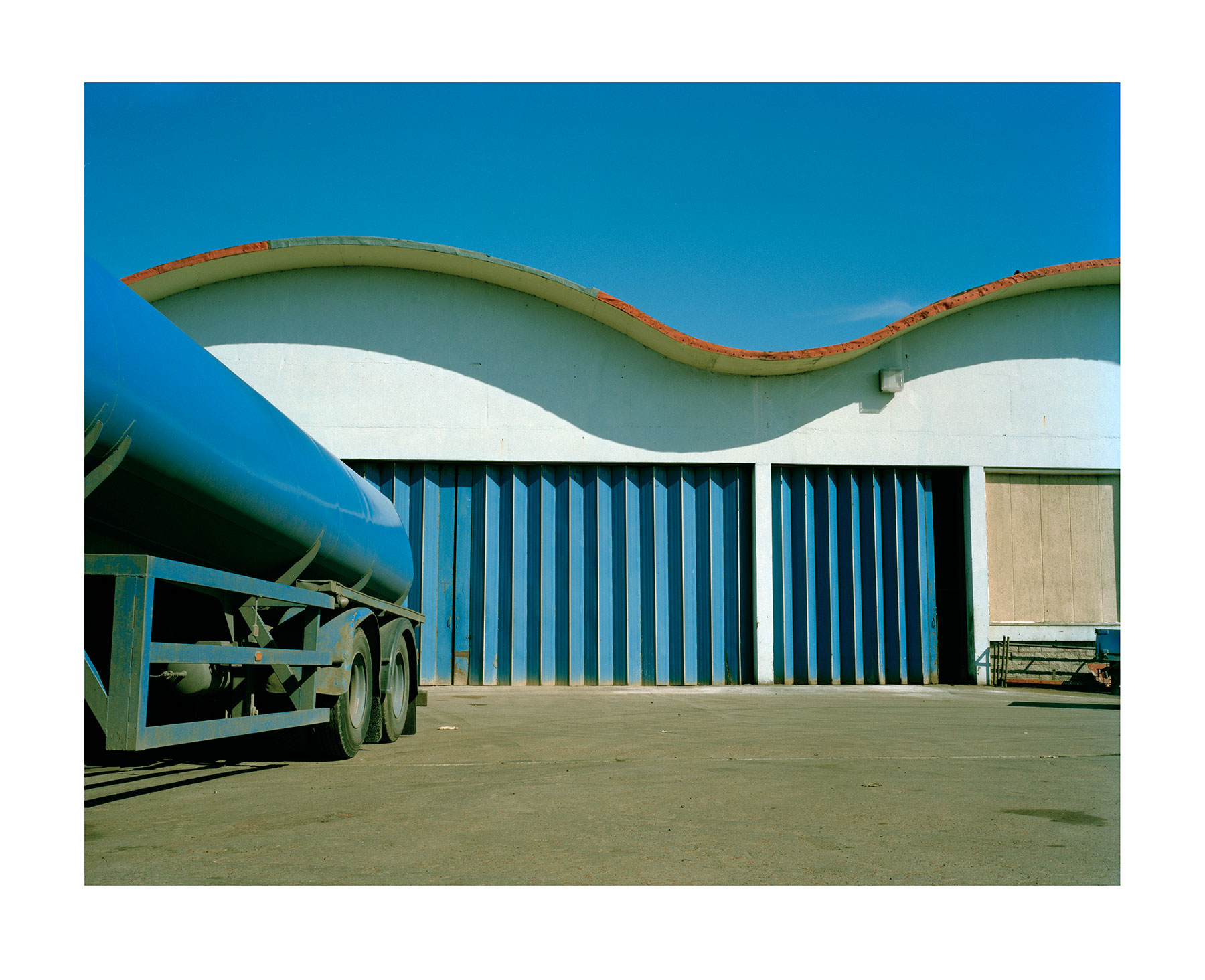
Nous avons passé la nuit à Edimbourg. Le lendemain matin, nous avons été faire un tour du côté de la plage de Portobello, ce qui fut génial, mais nous n’avons pris aucun cliché. Nous nous sommes alors rendus à la centrale nucléaire de Torness, ce qui nous a donné quelques photographies, dont l’une avec des torrents et une autre avec les turbines qui s’écoulent vers la mer. Juste hors du cadre de chaque photographie, il y avait un pêcheur (les poissons nagent dans ce courant car l’eau y est chaude). Curieusement, juste à côté de la centrale, il y a un camping avec pas mal de caravanes. Je me suis souvent demandé qui s’était installé là en premier. La centrale ou le camping ? Au bout d’une heure environ, le temps ensoleillé et chaud a commencé à me brûler la tête (qui est dégarnie). J’ai donc été heureux de partir en douce, parce que que je craignais que ce ne soit une maladie liée aux radiations au lieu de coups de soleil.
La photographie de la centrale nucléaire de Torness a fini par être la pochette du premier single de l’album. Elle a aussi été utilisé pour les affiches. Un des représentants de la British Nuclear Fuels a contacté Creation pour savoir comment cette photographie avait atterri là et pour leur demander de faire un communiqué de presse. Tous les gens du label ont dit « euh.. NON ! ». Une semaine plus tard, le Scottish Sunday Post publiait un article avec un titre du genre : « Le label d’Oasis utilise la centrale de Torness comme symbole de l’Écosse« .
Après le petit-déjeuner, sous un ciel très couvert, nous nous sommes dirigés vers la chaîne de montagnes Cairngorm où j’ai fait les images du poteau de neige dans le parking (utilisée dans l’édition vinyle) et la barrière routière (utilisée dans le livret CD).
Après le déjeuner, le soleil a finalement émergé et nous avons fait une photographie d’une plage entourée de pins (je pense) utilisée sur la pochette du CD (c’est de mémoire, je n’ai pas la couverture du CD devant moi). A cet endroit, l’un des représentants du contingent anglais (Mark ou Dave) a souligné la chance que nous avions avec la météo. Quelqu’un a alors répondu qu’il faisait vraiment très beau en Écosse et que le mythe de la météo exécrable avait été inventé pour dissuader les Anglais de venir visiter notre pays.
Nous avons roulé pour nous trouver des châteaux, tandis que d’autres passagers ont essayé de repérer des « arbres indigènes » et ont trouvé des anecdotes amusantes. Je me souviens aussi de certains jeux de mots délicieux. Nous avons fait des photos à la station-service Loch Laggan (utilisées à l’intérieur de la pochette du vinyle).
Nous nous sommes dirigés vers Glencoe au fur et à mesure que la nuit tombait. On s’est alors rendu compte qu’on avait manqué la dernière station-service et que la voiture avait peu de carburant. La nuit commençait à tomber et je me souviens bien de la route. Même si Glencoe était vraiment belle et jolie (certains disent que c’est hanté – il y a eu un massacre historique là-bas), il y avait un frisson de tension. On craignait la panne sèche et on coupait le moteur dans les descentes.
Nous nous sommes arrêtés pour photographier une tourbe dans un marécage qui avait pris feu. Cela semblait pas loin du bord de la route et le groupe a aidé à transporter mon équipement sur un terrain accidenté. A chaque fois que nous allions sur une colline, le feu semblait être plus loin. La lumière disparaissait et les chaussures de tout le monde étaient trempées. J’ai décidé de faire une photographie car nous aurions eu du mal à revenir. Le cliché était très bien. J’ai fait un portrait et une version de paysage. Je pense que l’aménagement paysager a été recadré pour une couverture, mais dans le paysage, la comète Hale Bop se trouve en haut à gauche du cadre. Comme nous nous battions avec mon équipement dans une obscurité désormais complète, je me suis dit que dans une telle situation les Rolling Stones ne s’embêteraient pas avec un tel équipement. A un moment, notre chemin s’est retrouvé éclairé par un projecteur ! C’était celui d’un camion de pompiers qui avait été appelé à la rescousse. Heureusement qu’ils n’ont pas cru que nous avions mis le feu à la campagne pour faire une photographie !
© Donald Milne
Quel est ton meilleur souvenir ?
J’ai apprécié l’ensemble du voyage malgré le fait qu’on nous ait prêté le mauvais appareil photo et le vol vers Glasgow qui fut totalement fou. Ce fut très agréable de voir les publicités du disque avec mes photographies. J’ai adoré le fait que les gens soient sensibles à cette image de centrale nucléaire de Torness. Et surtout j’ai redécouvert l’Écosse en charmante compagnie.
Quelle est ta chanson favorite de ce disque ?
C’est difficile de répondre. J’aimais écouter les chansons en concert et j’aimais la façon dont les morceaux changeaient à chaque fois. J’aimais trouver un détail que je n’avais pas remarqué les fois précédentes comme une partie de guitare ou le « ba ba » sur Long Way Round et réécouter après la version enregistrée sur le disque. Peut-être Start Again.
Les faces B sont très bien, Broken en particulier.
Teenage Fanclub – Broken
Es-tu retourné sur les lieux des photographies ?
Cinq ans plus tard, en rentrant de la plage de Nairn où nous avons photographié le groupe devant un panneau d’affichage pour la pochette de leur best of, nous sommes passés devant l’hôtel Red McGregor où nous avions dormi quand nous prenions des photographies à Aviemore… Et bien il a été détruit.
Teenage Fanclub - Songs From Northern Britain
Songs From Northern Britain des Teenage Fanclub a été publié via Creation Records.
Toutes les photographies de cet article sont signées Donald Milne. Vous pouvez retrouver son travail sur son site officiel.
- Start Again
- Ain't That Enough
- Can't Feel My Soul
- I Don't Want Control Of You
- Planets
- It's A Bad World
- Take The Long Way Round
- Winter
- I Don't Care
- Mount Everest
- Your Love Is The Place Where I Come From
- Speed Of Light
English text
David Bianco
How easy was the recording process ?
David Bianco : The process was easy. We had recorded an album together already so we knew and trusted each other so recording was pretty straight ahead.
What were your difficulties ? How did long it take you ?
No difficulties except schedule. I wasn’t able to mix as I dd on the previous record so therefore the sound was different. Also we recorded at Ridgefarm in Surrey and Grand Prix was done at the Manor in Oxford. So different venues equals different sound. I only had 5 weeks as I remember to spend in England that time so I had to return to Los Angeles. The fellows hadn’t finished their lyrics so we hit a bit of an impasse that precluded any further participation on my part.
What’s your favorite memory ?
Just lovely companionship with the guys as always. Also an ideal setting out in the country.
What’s your favorite song ?
Hard to choose but I think Ain’t That Enough was my favorite.
Finlay MacDonald
How was the mood in the band during the Songs From The Northern Britain ? The album was a huge commercial success..
Playing ‘Top of the Pops’ was a big moment and very exciting for everybody. It was a very iconic show in Britain and we all grew up with it.
What’s your favorite song of this LP ?
Start Again.
What’s your best memory of this tour ?
Touring the US and Canada supporting Radiohead was a very exciting thing for me. I’d never been to the US before that.
What’s your favorite gig of this tour ?
Hard to pick one concert, but for me probably the first one in Oxford ‘Zodiac’. It was a warm up show for the next night in Shepherds Bush Empire (another iconic venue) which was going out on BBC Radio 1. And of course, Glasgow Barrowland – my home town – all my pals grew up dreaming of playing ‘The Barras’.
George Shilling
Where did you meet the Teenage Fan Club members ? At Abbey Road ? At Ridge Farm Studios ?
George Shilling : I think we met at The Manor Studios when they were making Grand Prix. My wife was the chef there and Norman met his wife there – she was the housekeeper.
How easy was the recording process of the TFC songs ?
Well they’re good musicians so not too difficult, and I had a good idea of how they sounded on previous records and they’d already tracked much of the album, so I kind of knew what sound to aim for. We were at AIR Studios in studio 1 which is a great recording space, and well equipped with mics and a terrific sounding console, and that made it easier to get the sound quickly – I remember the band being impressed by the raw sounds that I got.
How did you find the sound of these songs ?
They wear their influences on their sleeve and happily played me reference tracks and introduced me to a few records so I was just going for that big, jangly, shiny 60s influenced sound.
Which material did you use ?
I recorded four songs but only three were finished – they never got round to finishing the lyrics on one of them! I’m hopeless at remembering titles…
What are your best memories of this recording process ?
Well there’s quite a story about us being invited by Liam Gallagher to hear the rough mixes of Be Here Now which Oasis were finishing off in studio 1 when we were mixing upstairs in studio 2. They’d hired a PA rig, and we got deafened while Liam mimed all the songs to us! The band also introduced me to Bernard Butler during the sessions and I went on to work with him quite a lot.
What’s your favorite song of this LP ?
Ain’t That Enough which I didn’t record, but mixed – I think it’s still their highest U.K. charting single.
Donald Milne
How did you meet the members of Teenage Fanclub ?
I first encountered Gerry and Raymond at a meeting the design company Blue Source had organised in London. Together with Mark from Blue Source we came up with the idea that we’d try to make pictures of Scotland that would hopefully challenge peoples perceptions of what « landscape photographs of Scotland » look like. Something other than the romantic « man in kilt playing bagpipes on a shortbread tin » / « Brigadoon » (old film- look it up if you don’t know it, you’ll see what I mean) vision of Scotland that tends to dominate how the country is depicted.
A couple of weeks later the designer Mark (Tappin) a photo assistant Dave, and I, flew from London to Glasgow on a Tuesday evening hoping for some decent weather.
Raymond and Gerry met us for breakfast the next morning and I think the original idea was that they would tag along for half a day or so just to get an idea of what we were doing but they ended up staying for the whole 3 days. The following day Norman came out to meet us as we weren’t far from where he was living, and he made the decision to tag along as well.
How did long it take you ?
The pictures were all taken over 3 days between a Wednesday morning and a Friday night. I always liked the idea that when someone looks at any of the pictures, they should imagine the band standing either behind the camera or just out of frame- maybe that’s why the photos work- the band are present- just not in frame. They are like band photographs where the band have just stepped out of the shot.
It was great they were there- they were very genial company and gave (usually very encouraging) feedback on the pictures as they were being made which added to the atmosphere, for me anyway that’s all in the photographs. We got a lot done!
And I think it matters that the photos were inspired by the music, or at least taken with the sound of the record in mind (I’d been listening to a tape of the album for a couple of weeks, and the band were helping « art direct »). If you get a record cover right the imagery looks like the record sounds. Record covers are important. I remember back in the early 80’s saving money and buying records from bands when you might not have heard that much music from them- unlike today when it’s easy to stream things and get a good idea of what the album is like. Sometimes I’d make a decision beyween 2 or 3 potential purchases based on the sleeve. Sometimes if I didn’t know much about the band I’d be relying on the packaging to give me a clue as to what they were about. And to this day, if I hear a track from an album I like I INSTANTLY have the image of the album cover in my mind. I get disappointed if a record from a band I like has what I consider to be a poor choice of cover. Don’t get me wrong- good records can have bad covers- in fact they frequently do- there’s just no need for it!
The weather was sunny and warm on the Wednesday and Thursday, great by any standards but especially so for Scotland in April, which was probably part of the reason the band came along, it was nice just doing a mini road trip round Scotland and enjoying the place. Mark and Dave hadn’t really travelled around North of the border before and seemed particularly impressed with how beautiful it can be.
We got a few road maps and everyone chipped in with suggestions as to where we might go. If we went somewhere and the photo didn’t feel right, we just packed up the gear and drove on somewhere else. Geographically speaking Scotland is quite a small country, so if you don’t like where you are, it usually doesn’t take long at all to drive somewhere completely different,
Which camera did you use ?
The cameras- most of it was shot on a large format 5×4 camera- the kind that you see in old films where you have to put a blanket over your head to focus, and the 5″x 4″ negatives are kept in darkslides. They tend to be cumbersome and unwieldy, you have to plan your shot and it takes a while to set up, you’ve got to be careful with the framing and the focusing can be tricky. But in a way that can add a sense of theatre, the idea that making a picture is a special event- the exact opposite of taking hundreds of thousands of pictures on an iphone. It’s an expensive way to work but you get a beautiful large negative with loads of detail.
Now- we had rented state of the art Linhof (or maybe a Horseman, can’t quite remember) 5×4 camera, but the gear was delivered to mine as we were just about to get a cab to the airport, and we were shocked to discover they sent the wrong camera, we had been given a Wista camera made of wood and brass. Anyway it worked fine, and was probably a bit faster to set up than the others would have been as it wasn’t on rails, so in its way the Wista added something to the shoot. And it looked pretty funny as well. I felt like it should have come with a top hat for the photographer to wear.
Once Norman was on board we headed for Aviemore, a ski resort town in the highlands- and stayed at a place called The Red McGregor Hotel. The next morning I woke early and checked the weather reports which were all agreed we were in for a pretty dull, overcast day, although for the time being it still seemed quite bright and sunny. I headed outside to have a better look at the sky, took a few steps to the end of the hotel’s driveway and right enough saw a solid block of cloud coming our way- at best about 5 or 10 more minutes of sun I estimated. Disappointed I turned back towards the hotel, and to my amazement saw a great looking fairground right next to the hotel. Having arrived in darkness, we’d completely missed it the night before. I called my assistant to quickly bring down the camera gear while I scouted around and found a good vantage point from the top of a skateboard half pipe, that was very handily across from a Waltzers ride called « Disco Fever ». We hastily set the camera up as the clouds loomed overhead, poised to block out the sun that was emphasizing the bold reds on the doors of the ride. I got one shot done, then took out the darkslide, replacing it with the Polaroid back, made an exposure- pulled it out, and then put in the other side of the darkslide. As the clouds crept closer to the sun we waited to check the Polaroid’s instant photograph- before exposing the next sheet of film. Polaroid film consisted of of a sheet of instant light sensitive photographic paper that was encased in several layers of black and grey paper and a cocktail of chemicals that were released when you pulled the Polaroid sheet through the rollers built into the « Polaroid back ». This needed to be kept warm – usually under an armpit- for a minute and a half before the layers could be pulled apart to show the photograph. 90 seconds crawled by, Dave pulled the polaroid- the exposure was fine- The fairground workers had arrived and had taken one of the doors off- perfect. I clicked the cable release, and seconds later the sun went in, that was pretty much the last we saw of it (if you compare the 2 shots, you can see the clouds starting to fill the sky in the 2nd image). But I realised straightaway that this would be good for the album cover (in my opinion anyway).
Do you remember the places where you took the pictures ?
Leaving Glasgow on the Wednesday morning we found what I think was a council vehicle depot- where we made the picture of the blue tanker and the garage with the wavy roof (cover of « I Don’t Want Control Of You » I’m pretty sure).
We stayed the night in Edinburgh, and in the morning took a trip to Torness Nuclear Power Station, which gave us quite a few photographs, including one of torrents of water from the turbines flowing out to the sea (used on a single cover and poster? CD2 of Ain’t That Enough?).
After breakfast under a pretty heavily overcast sky we headed up to the Cairngorm mountain range, where I made the pictures of the snow pole in the carpark (inner sleeve on vinyl), and the road barrier (in the CD booklet).
In the afternoon, the sun finally emerged and we got a picture of a beach surrounded by pine trees used on the CD cover, and heading back south we passed the Loch Laggan petrol station (used on inside sleeve of vinyl) and got some photographs there.
It grew close to dusk and as we made our way toward Glencoe someone realised we’d missed the last petrol station for quite some distance and that the car was running very low on fuel. Night was starting to fall and I remember the drive though Glencoe as being really beautiful and pretty eerie (some people say it’s haunted – there was an historical massacre there), and there was a bit of tension as by now I think we’d started turning the engine off while going downhill.
We stopped to photograph a fire where some peat in a bog had caught aflame. It seemed not far from the roadside and the band helped carry the cases of equipment across the uneven boggy terrain. Every time we went over a hill the fire seemed to get a bit further away. With the light fading fast and everyone’s shoes pretty wet I decided to try and get a shot otherwise we’d struggle to get back. The picture came out pretty well- I did a portrait and a landscape version- it was cropped square for a cover, but in the landscape one the Hale Bop comet sits in the top left of the frame.
We managed to make it to a town with a petrol station but it was closed and we had to find the guy who operated it. It was a Friday night and we tracked him down to the only pub in the village.
What’s your favorite memory of this trip ?
I think the whole trip was good- even all the stuff like getting that retro camera and the crazy flight up there. After the record came out I enjoyed seeing the posters around town and was slightly amazed at how people responded to a picture of Torness Nuclear power station. But mainly getting the chance to travel round, attempting to (for me anyway) rediscover Scotland, with good company.
Also- interestingly, my agency didn’t want me to do the job and advised against it.
What’s your favorite song ?
That’s a difficult question, my favourite song from the album changes. I enjoy hearing all the songs live, and the way different tunes might have something emphasised in a way I may not have noticed before- a guitar part, a build, the « ba ba » bit on Long Way Round,- and then going back and hearing the recorded version with (slightly) fresher ears. Maybe Start Again.
The B-sides were good too! « Broken » in particular.
Five years later on our way back from Nairn beach where we photographed the band in front of a billboard for the « best of » album cover, we passed the Red McGregor Hotel where the Disco Fever fun fair ride had been parked, just as it was being demolished.

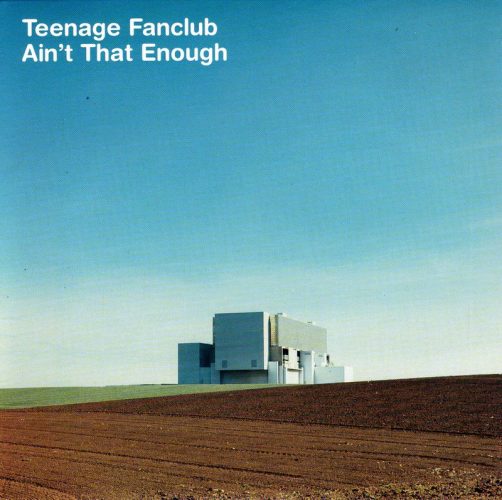
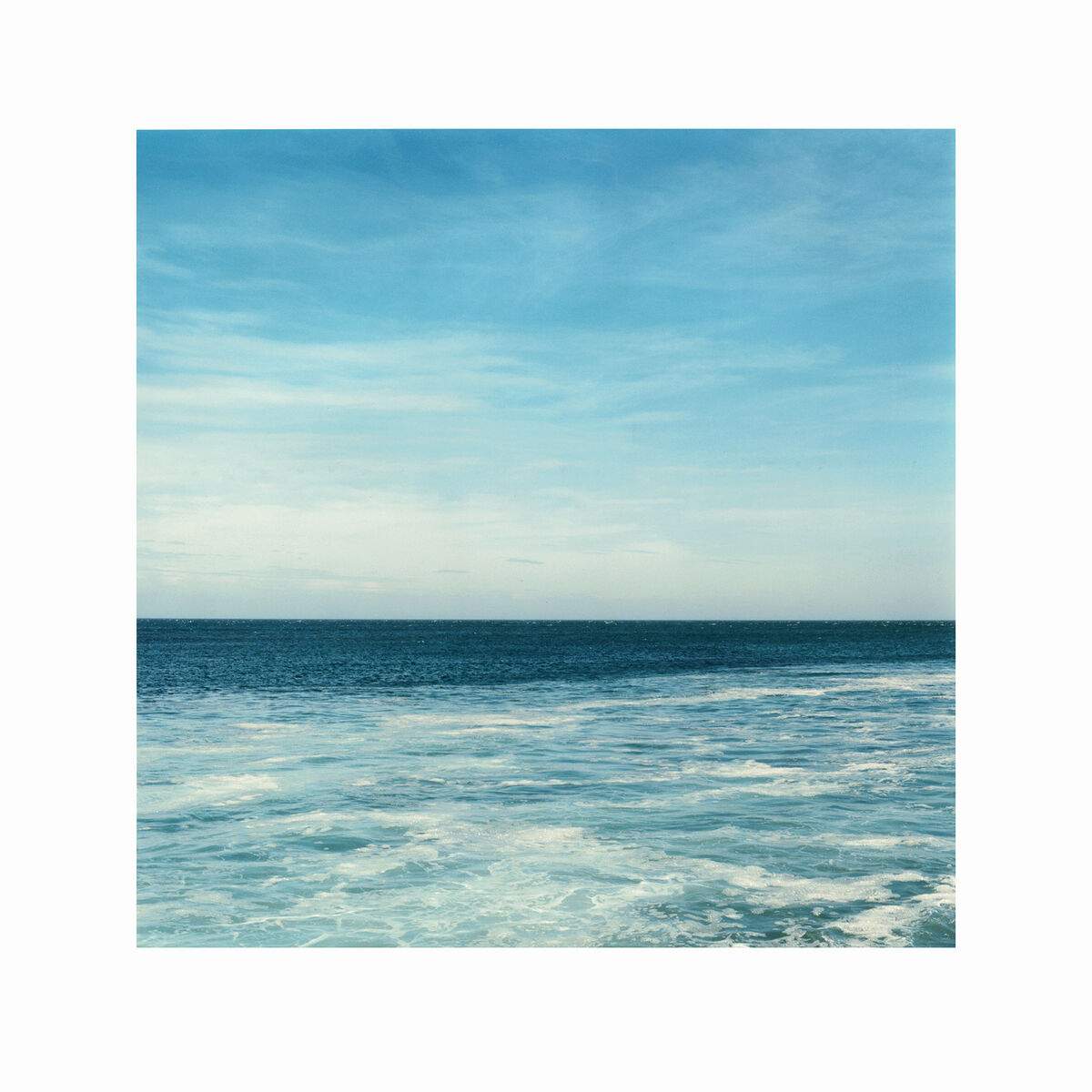
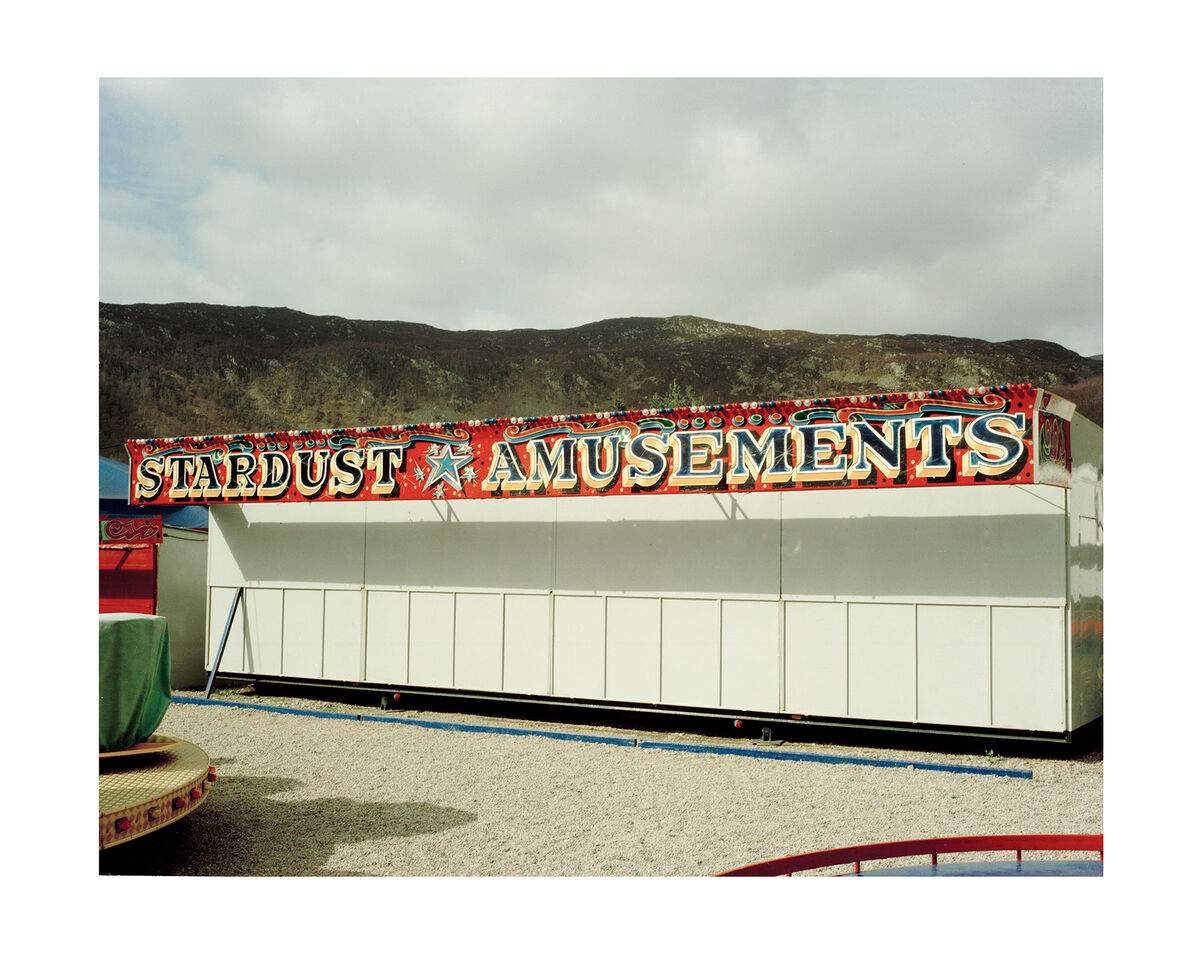
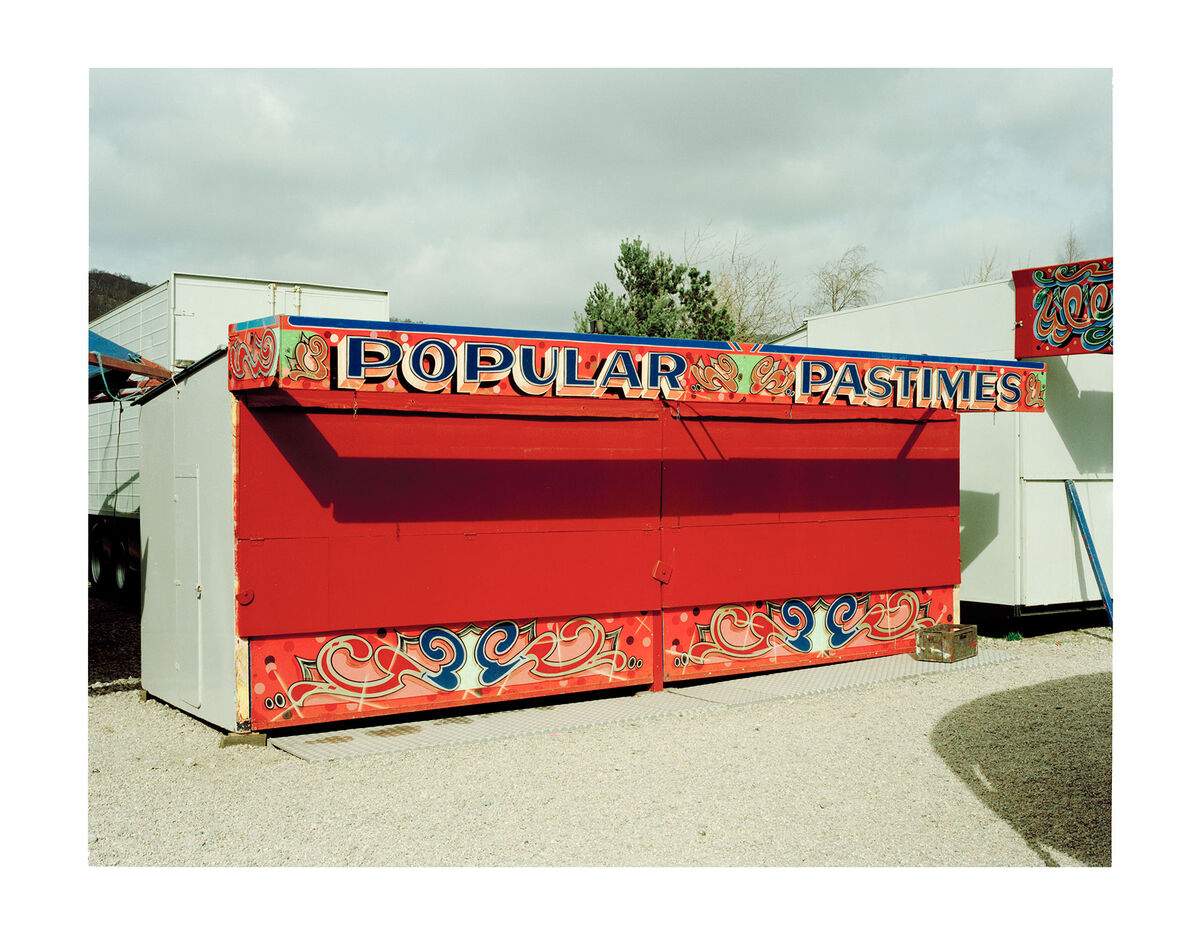
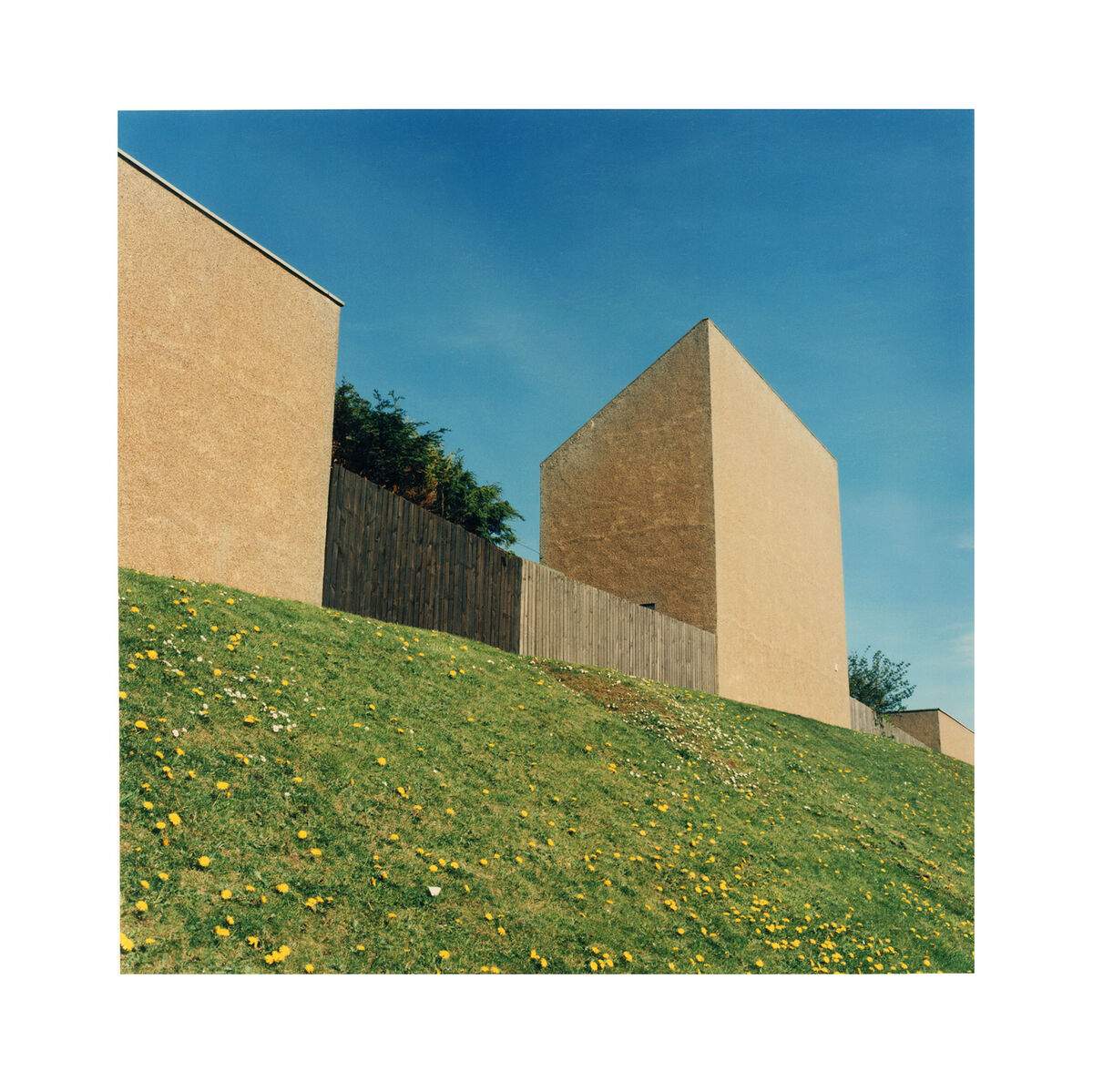
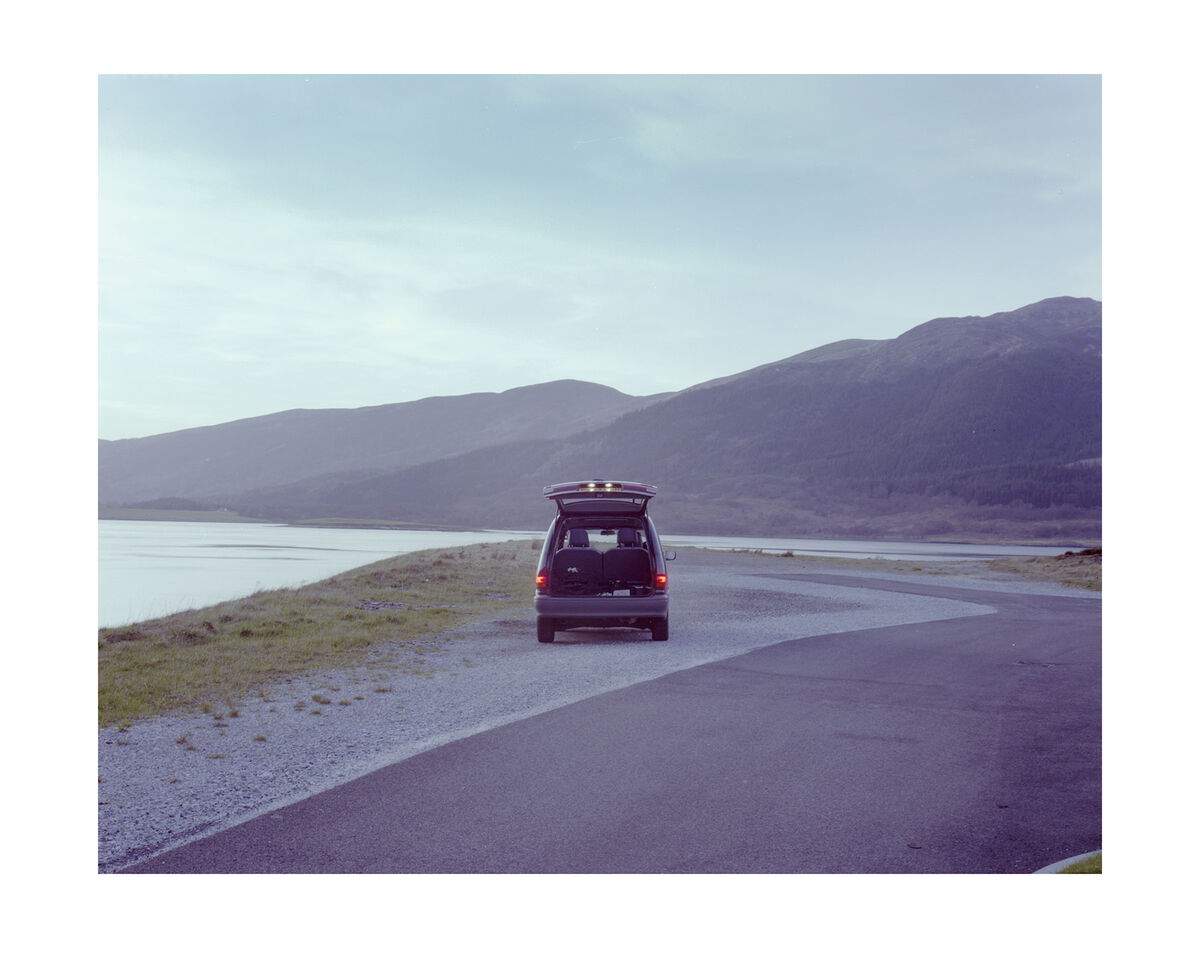
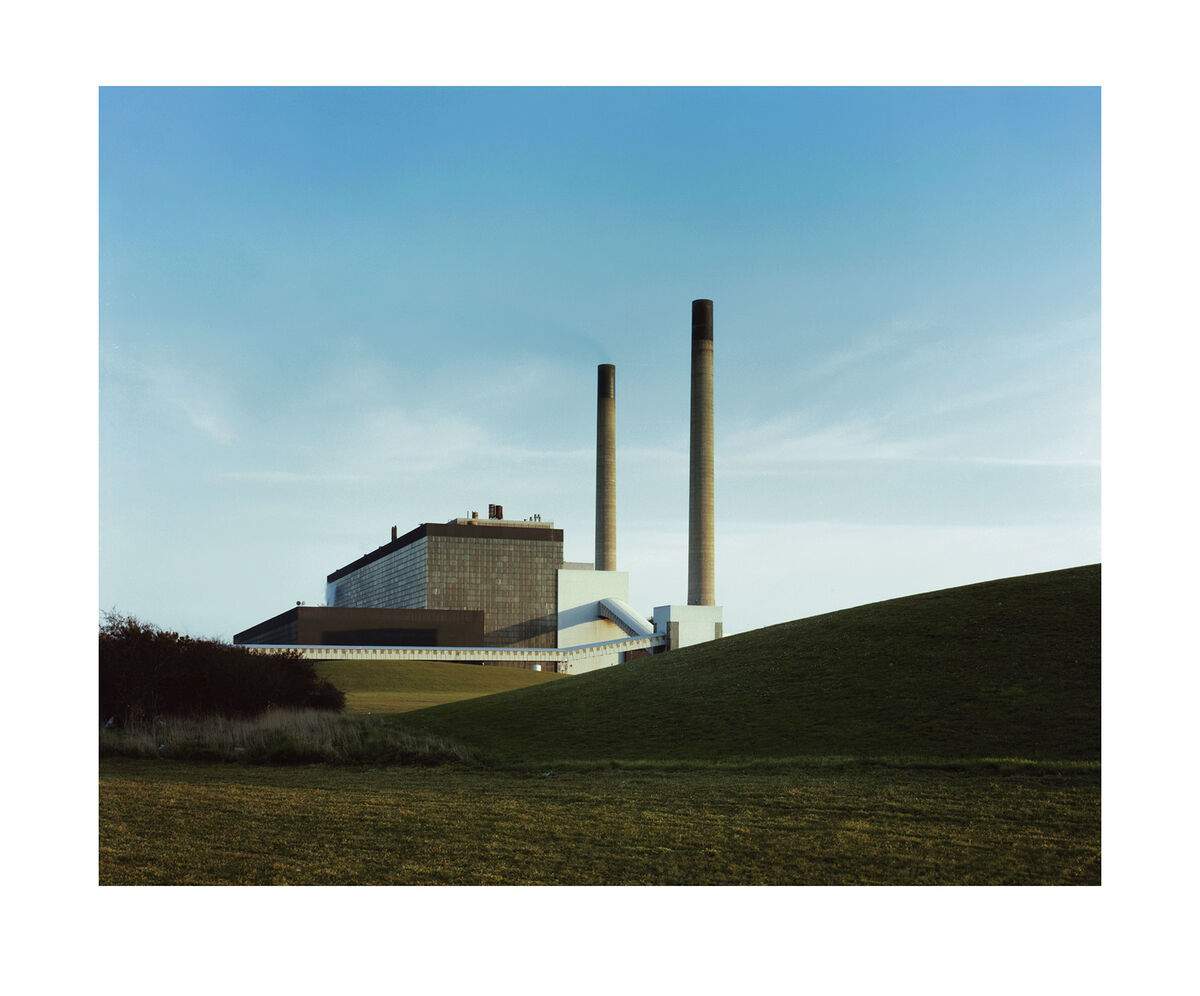
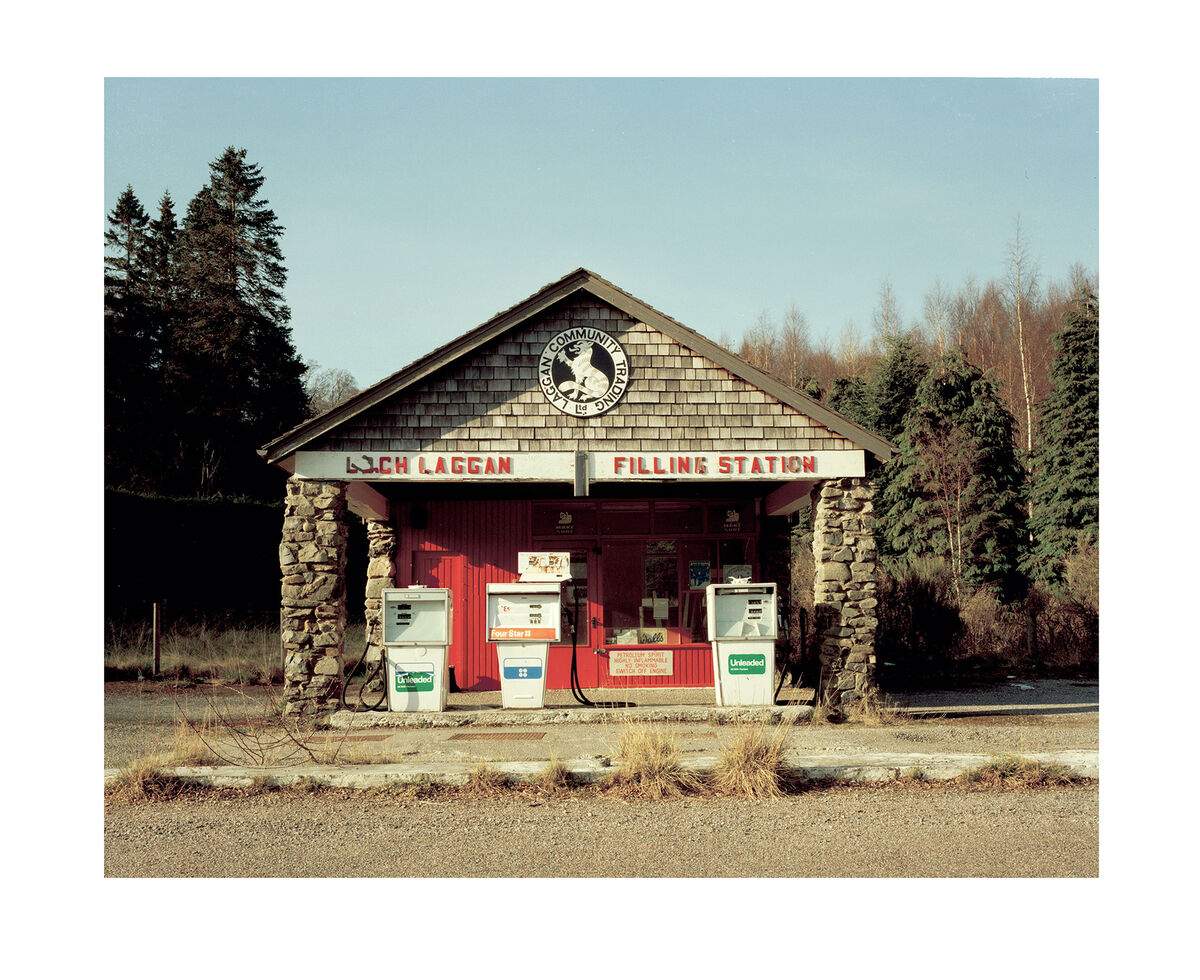
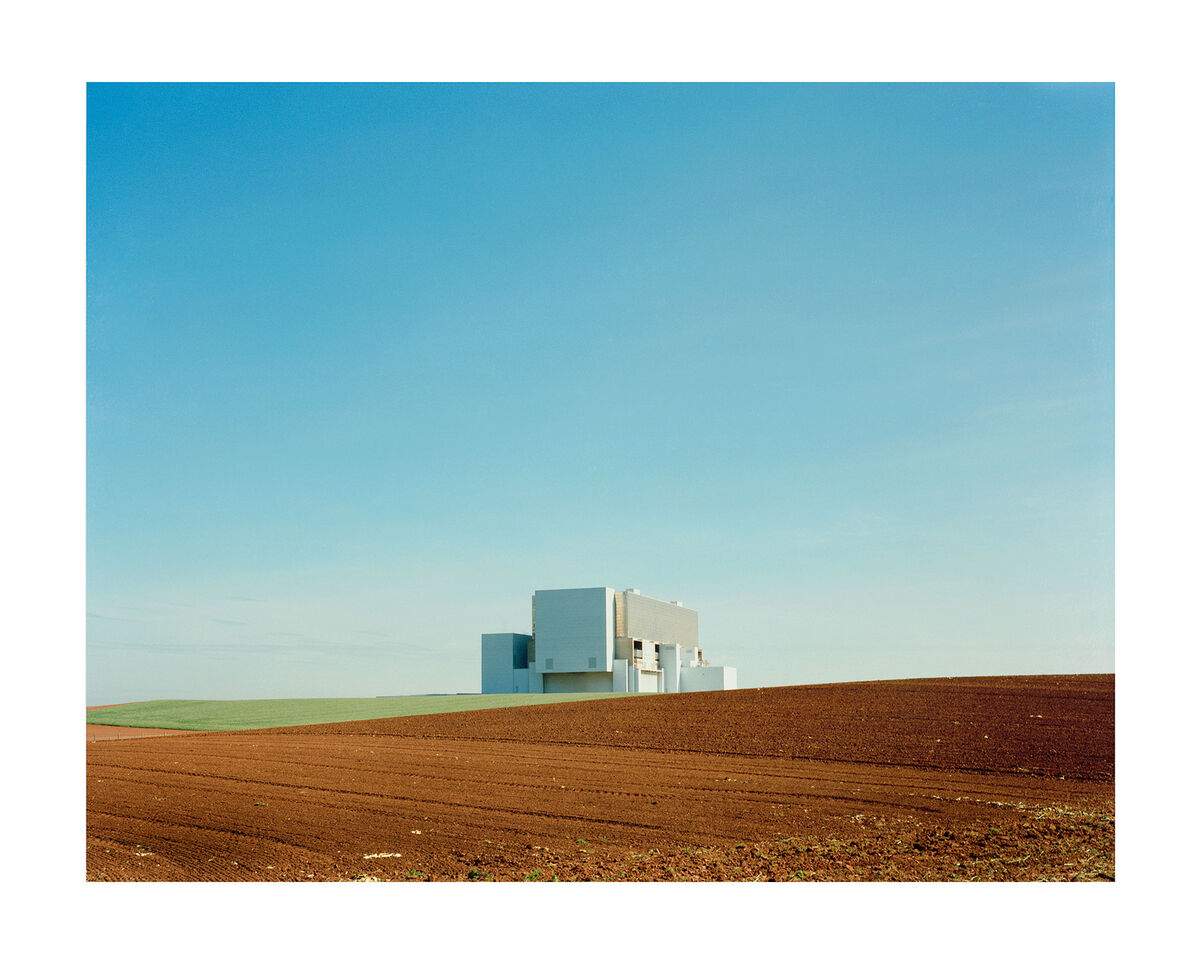
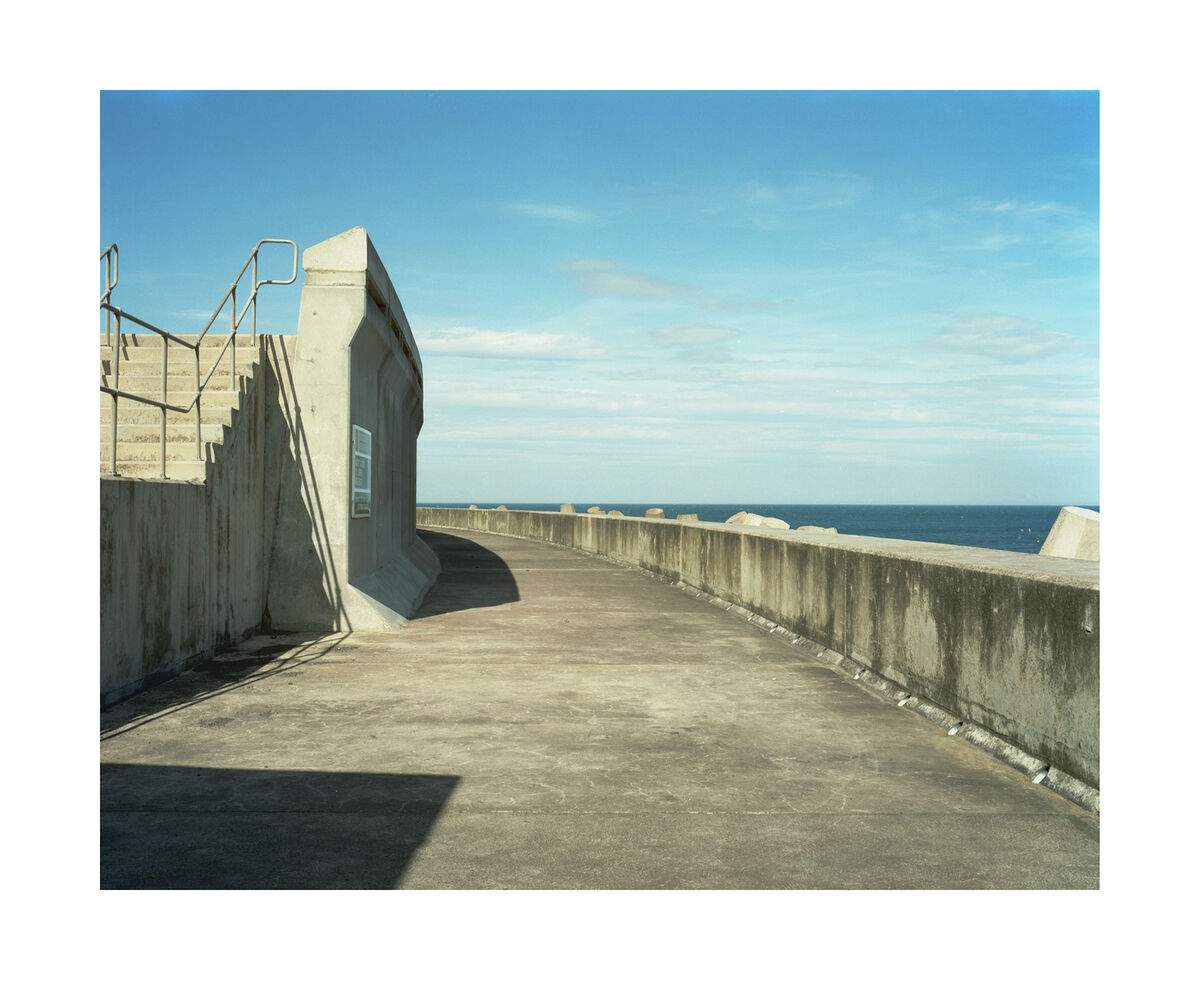
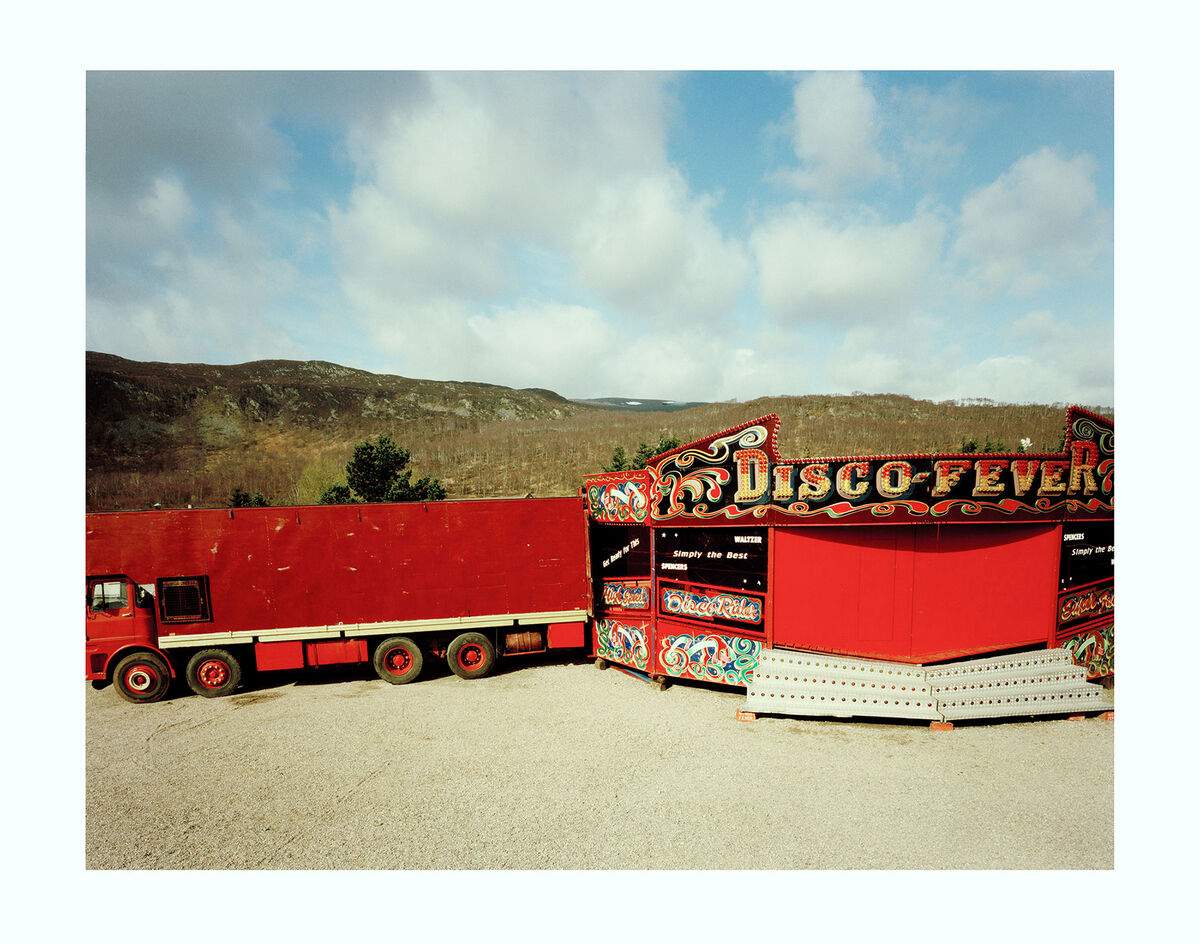
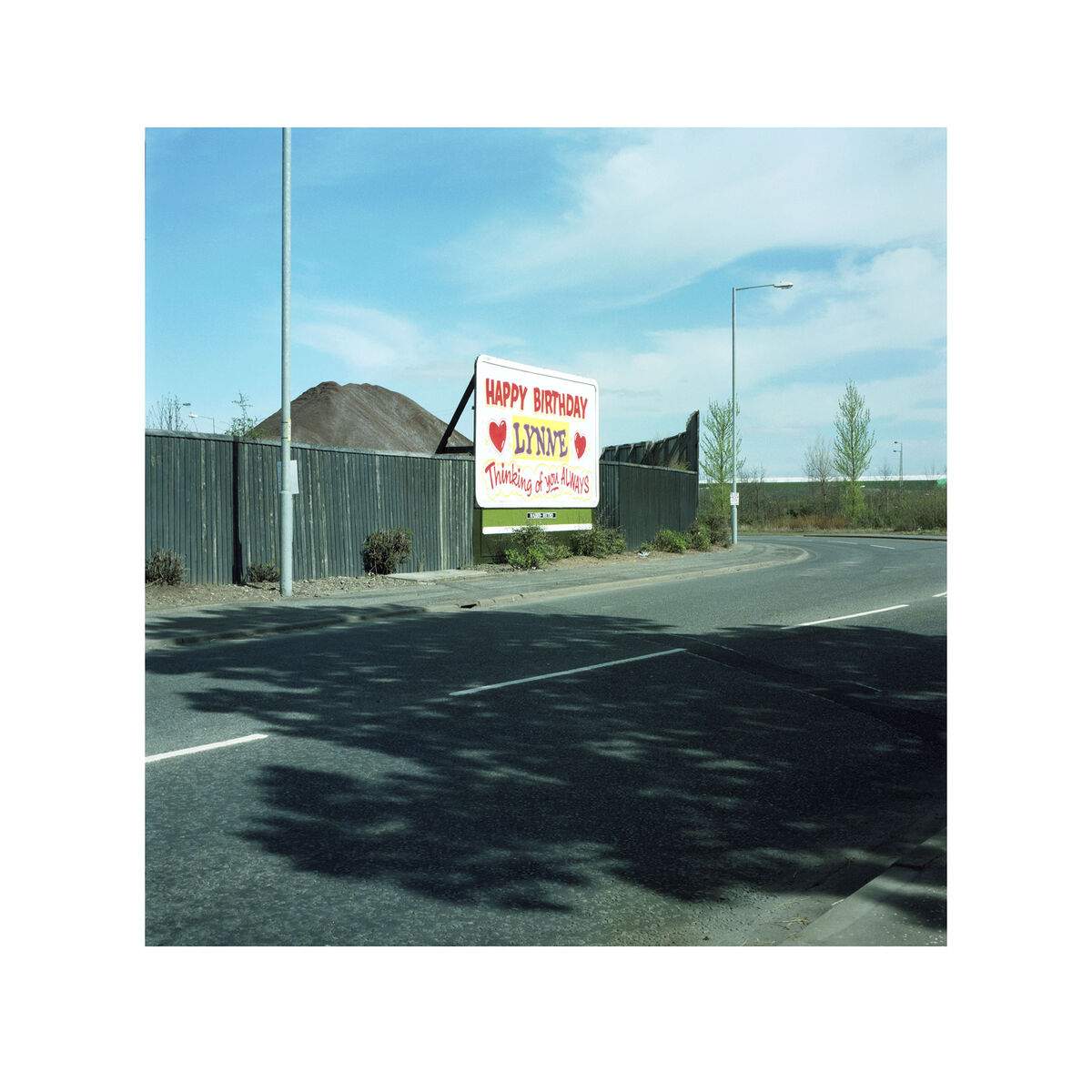
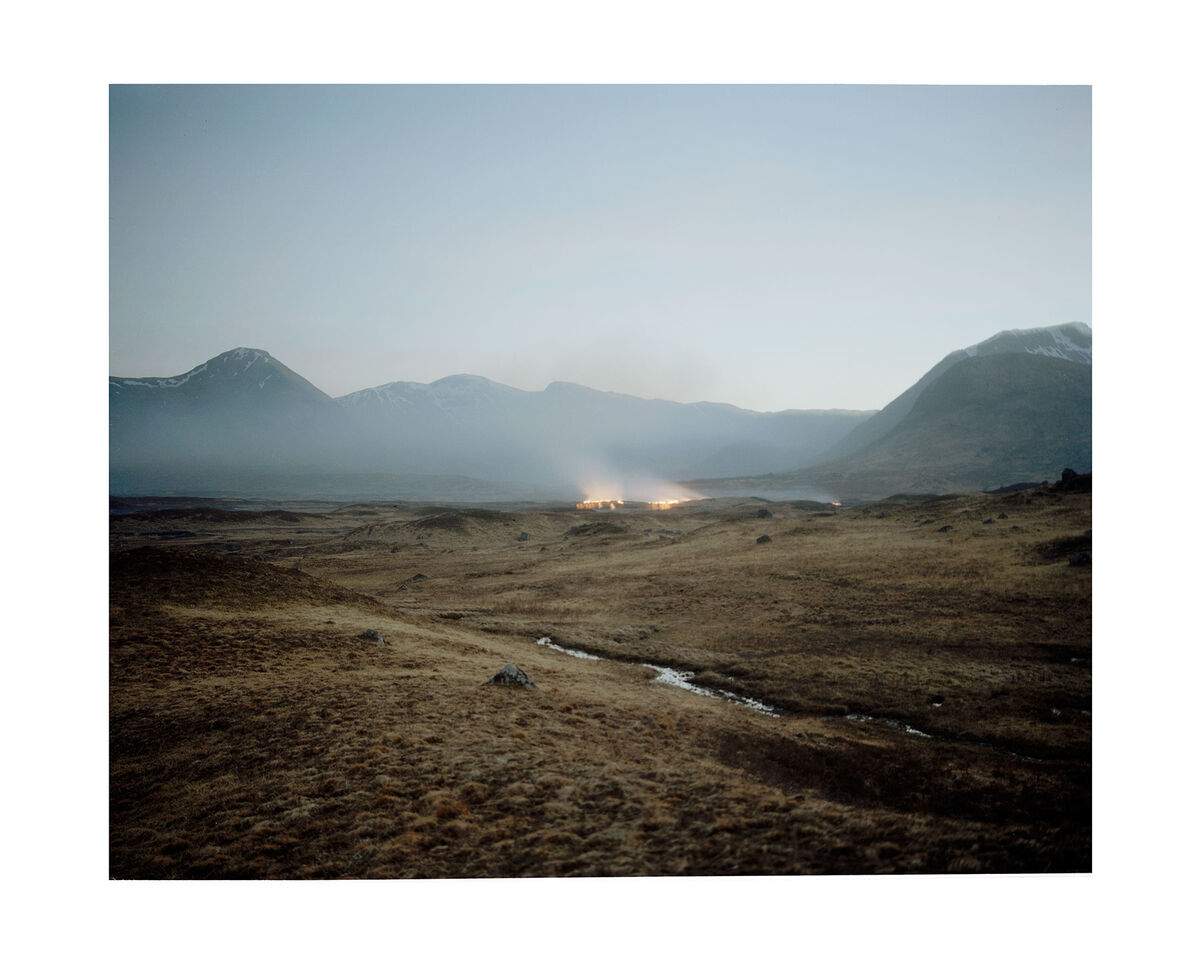
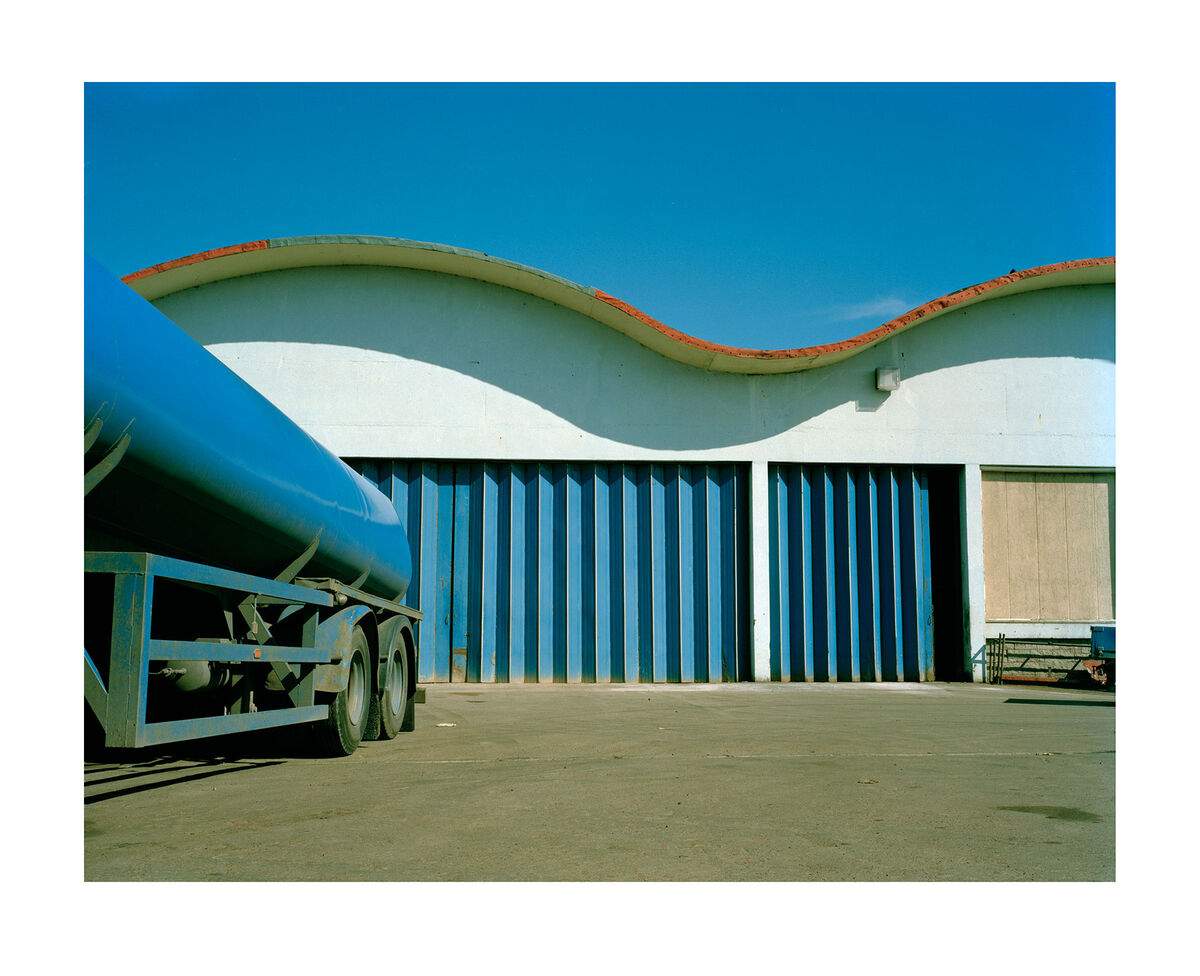
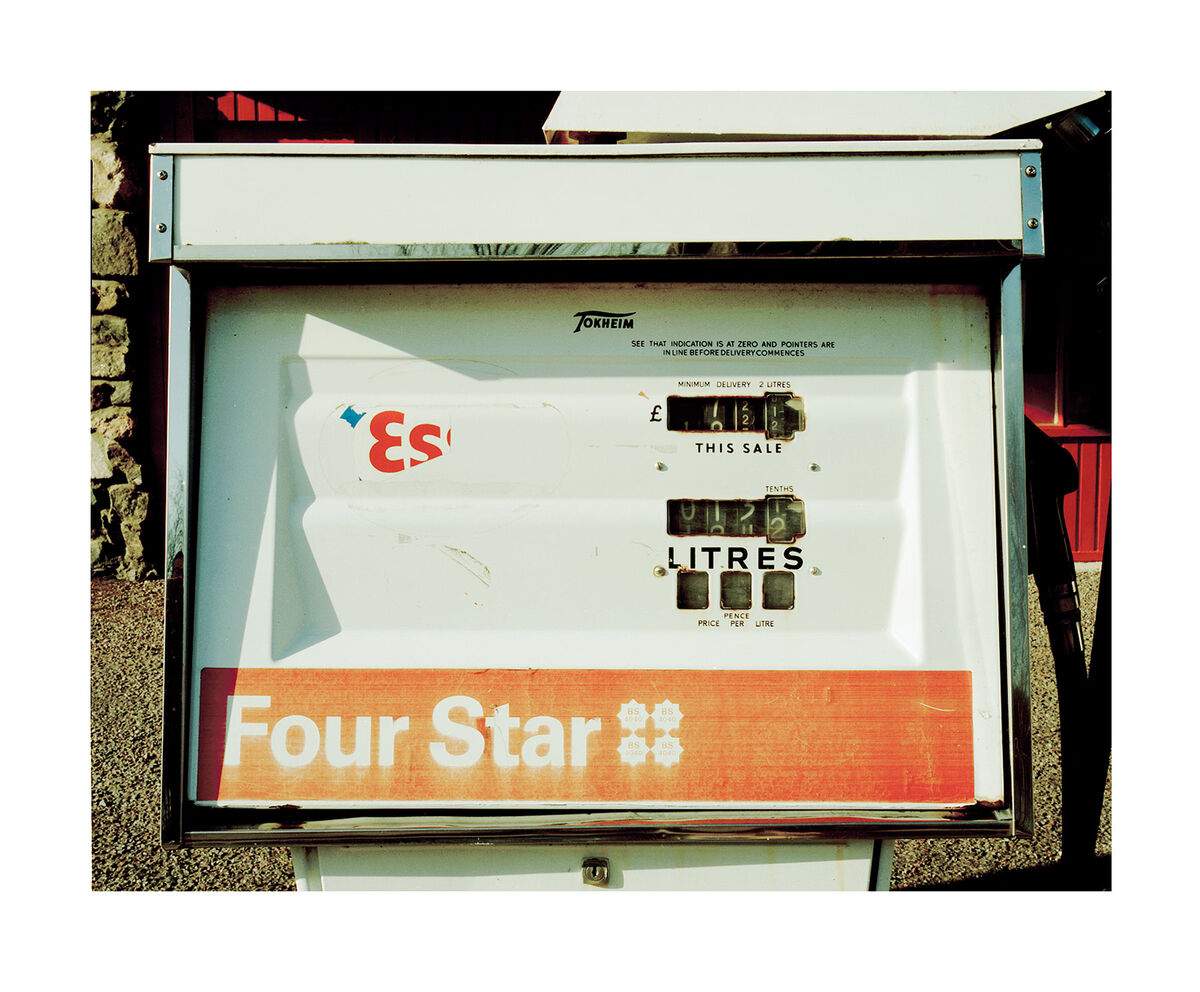
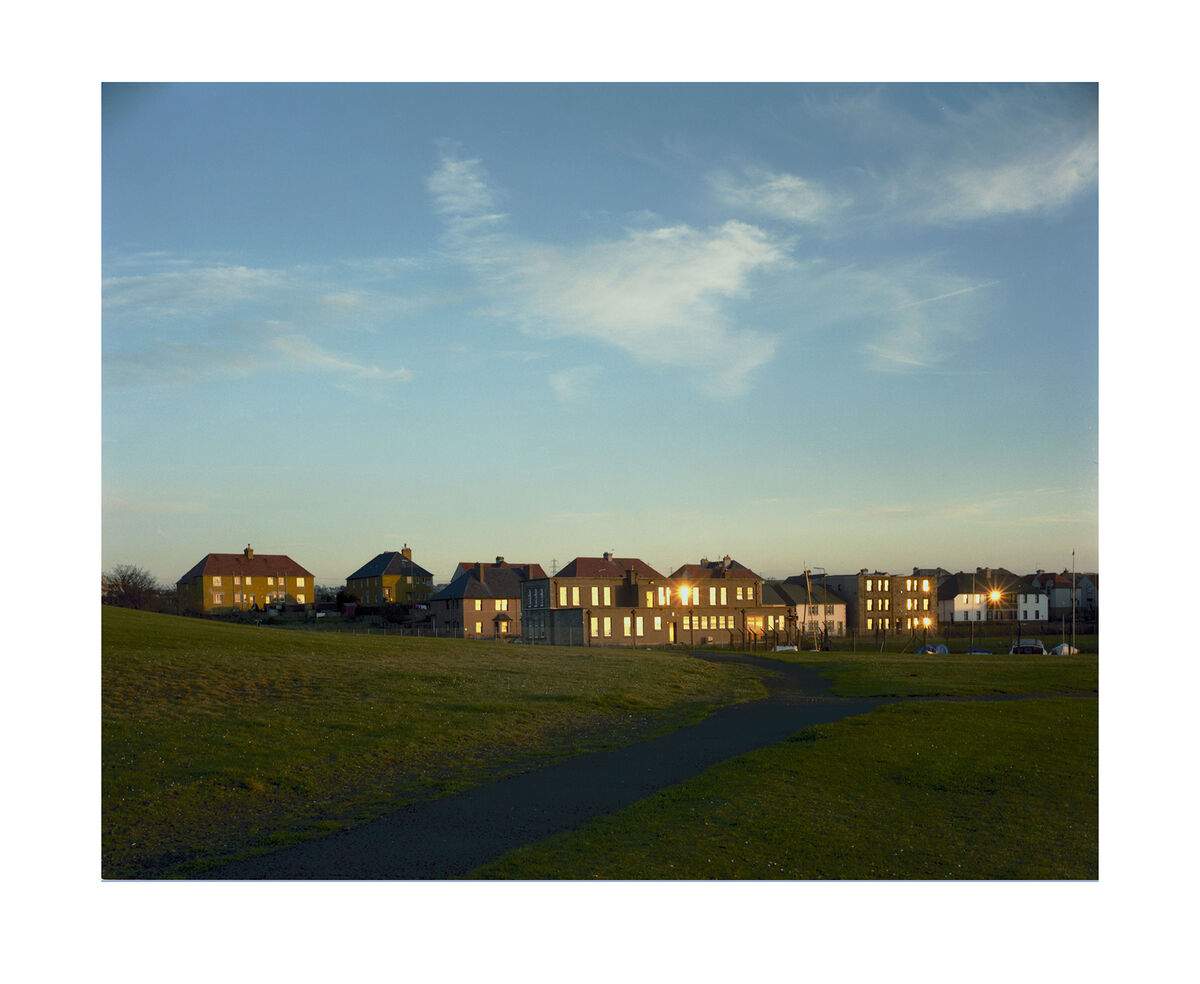
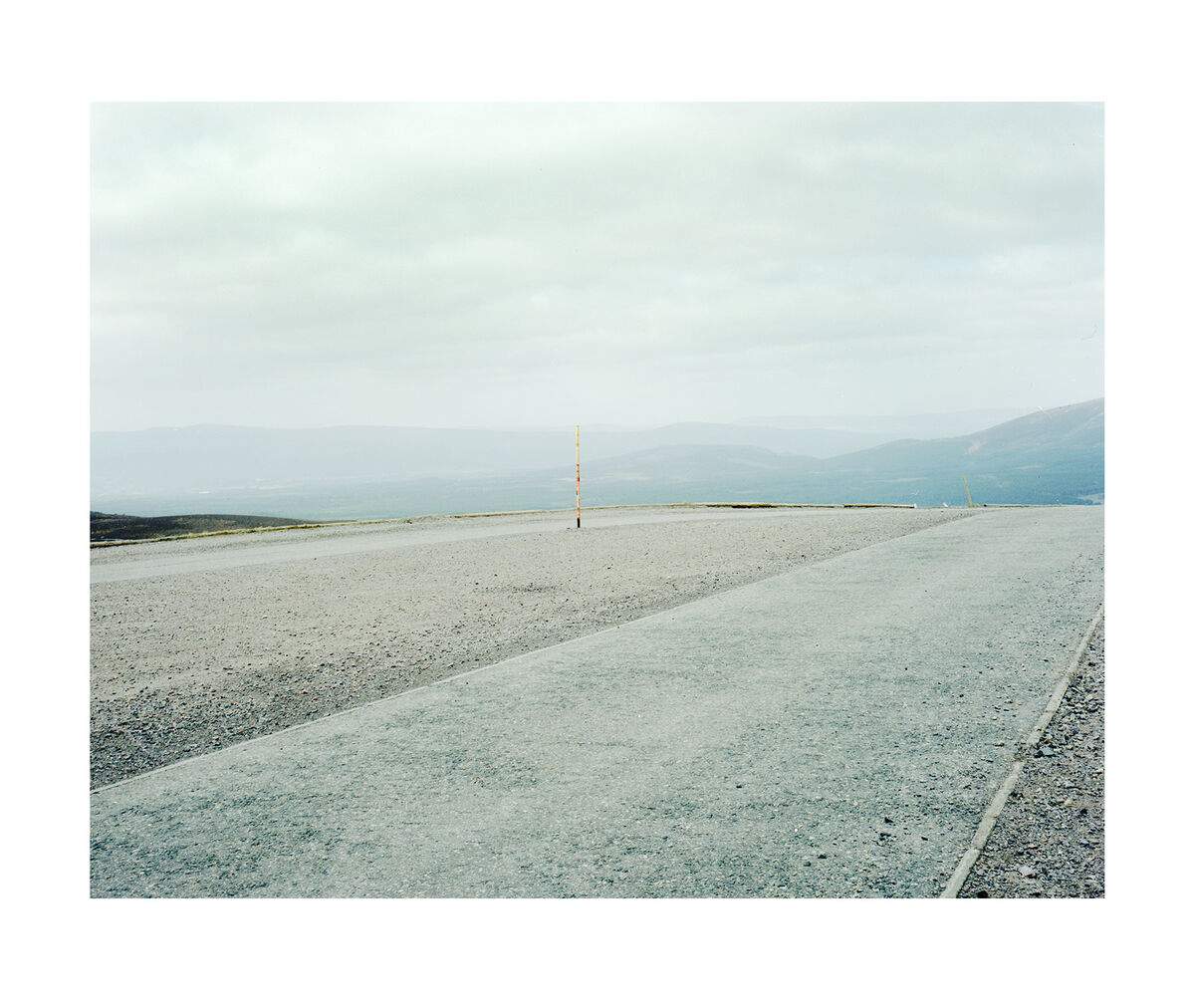
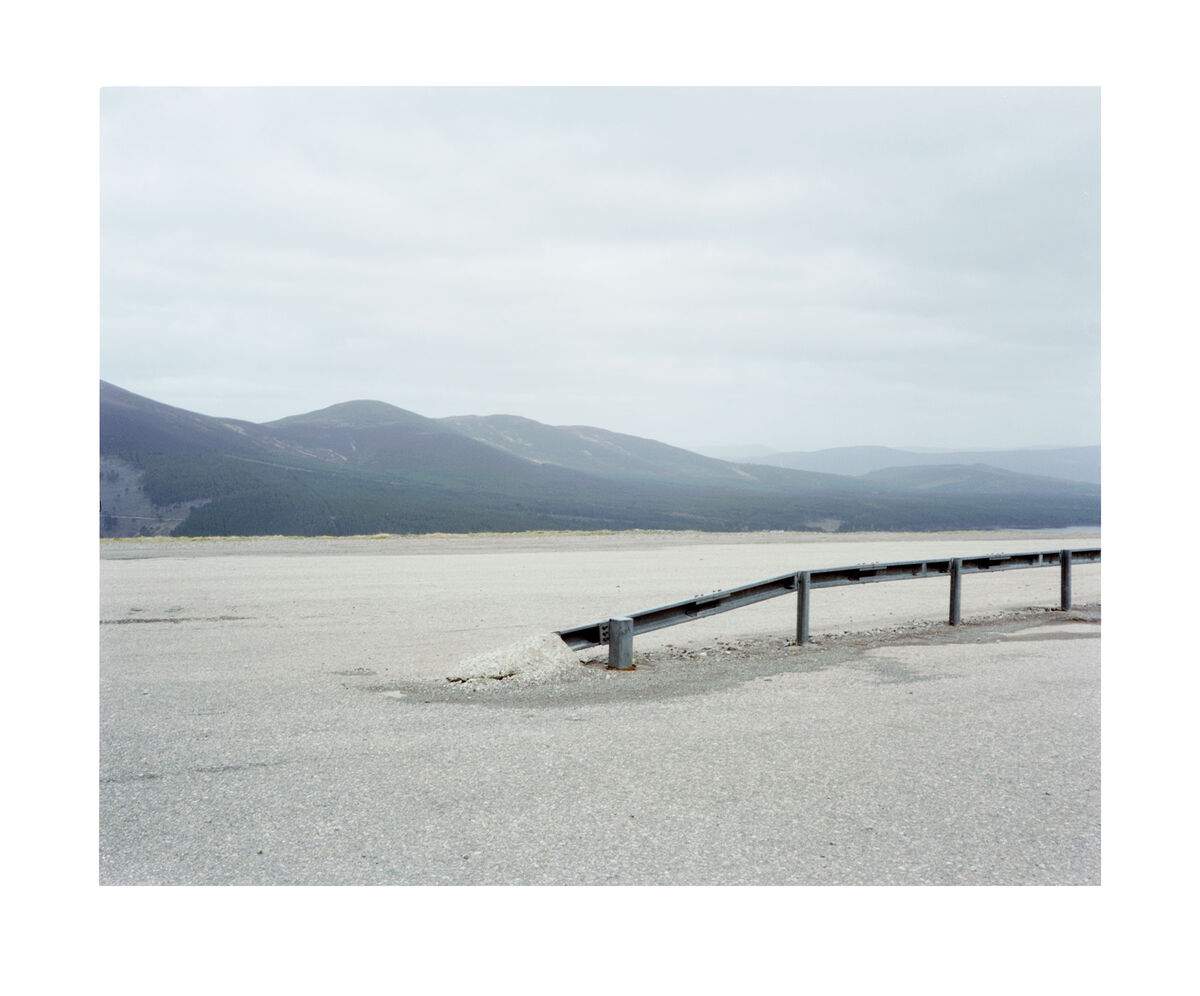
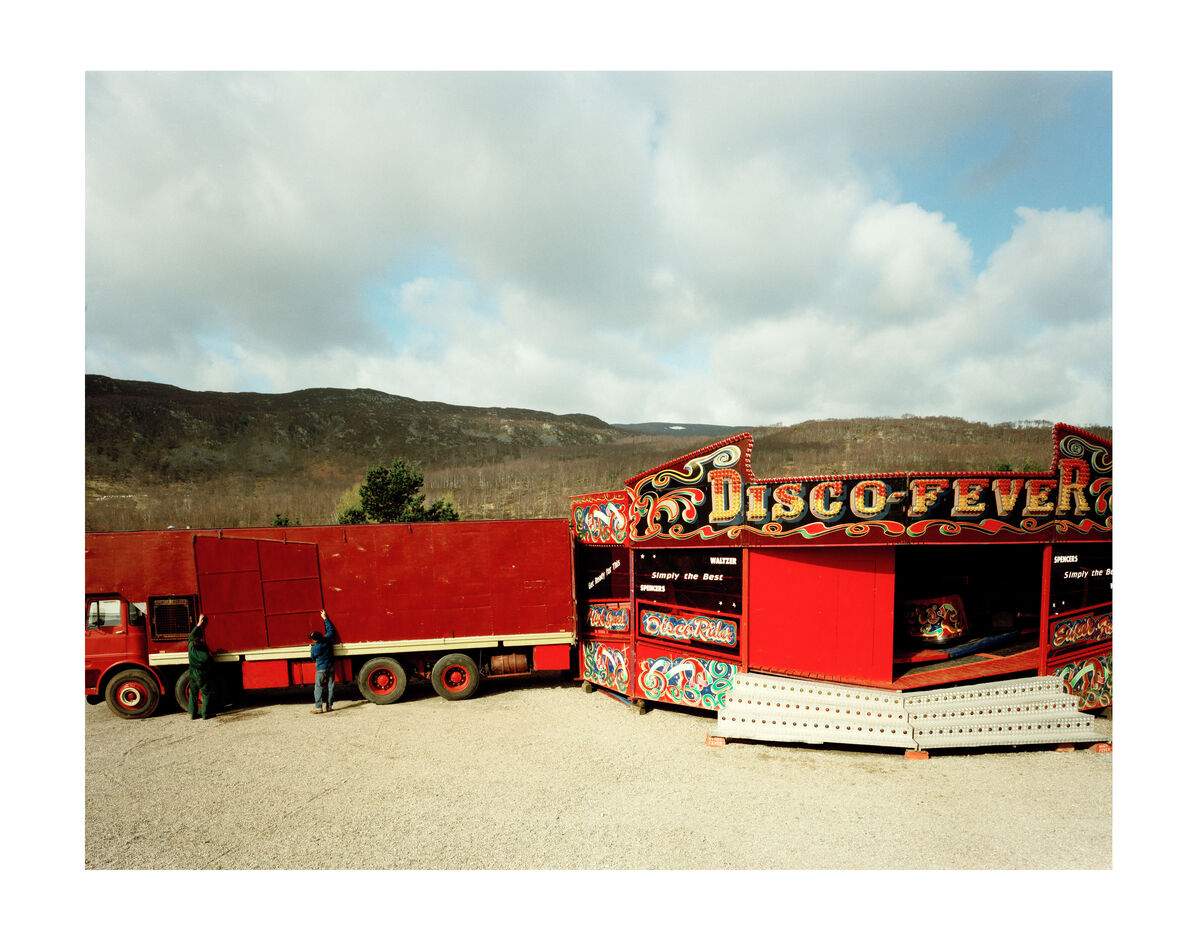
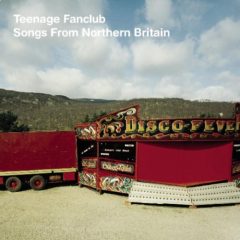
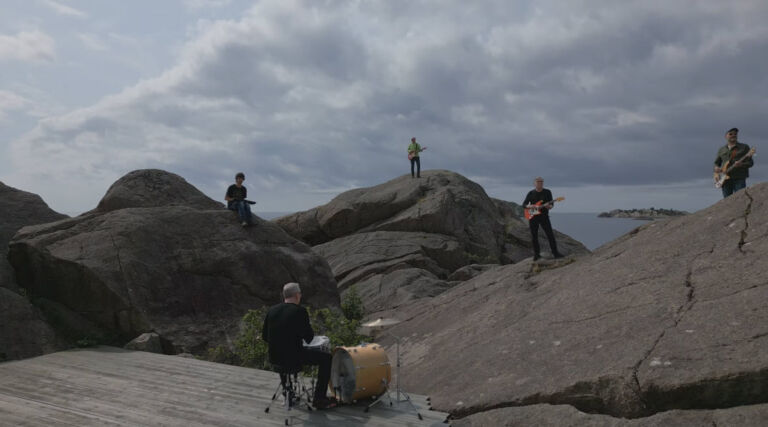
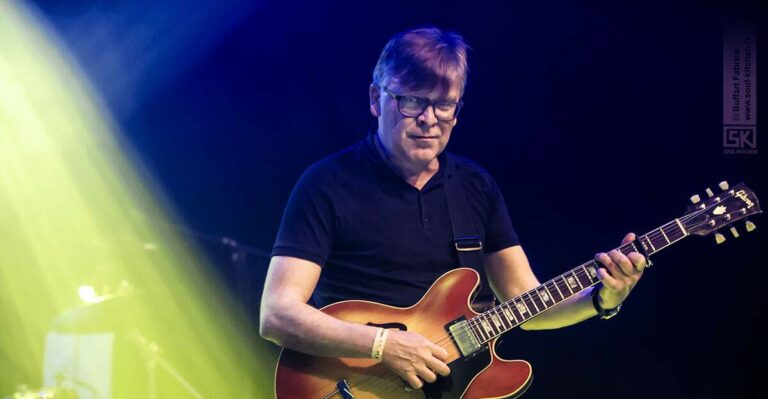
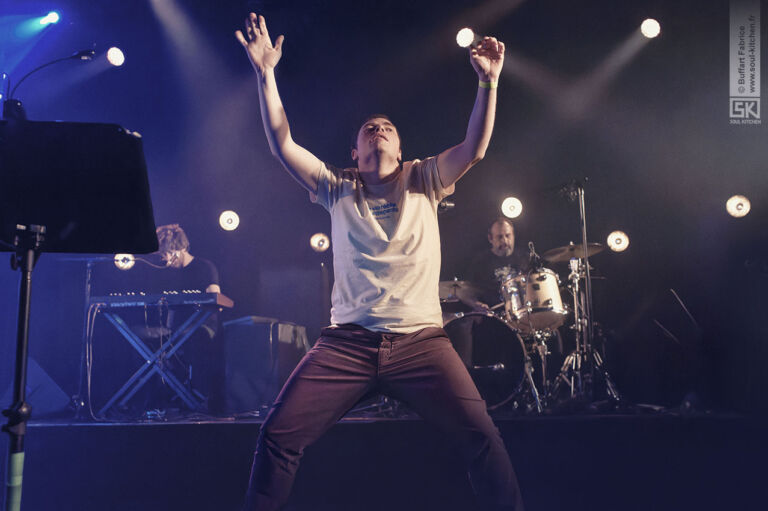
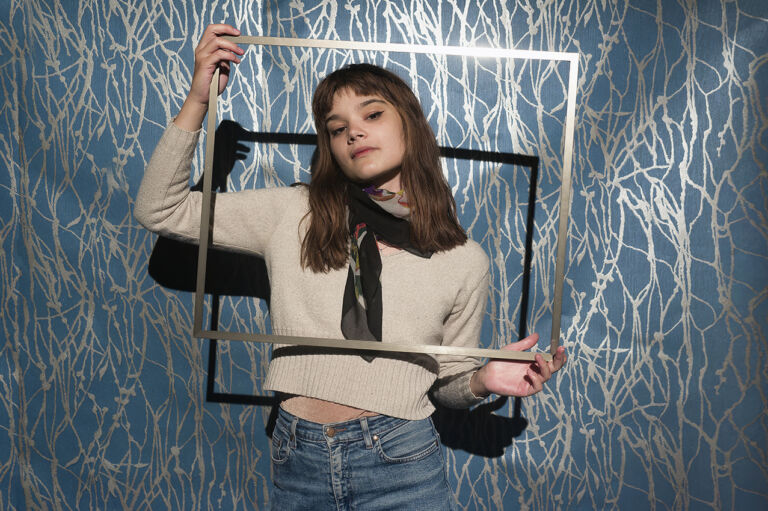
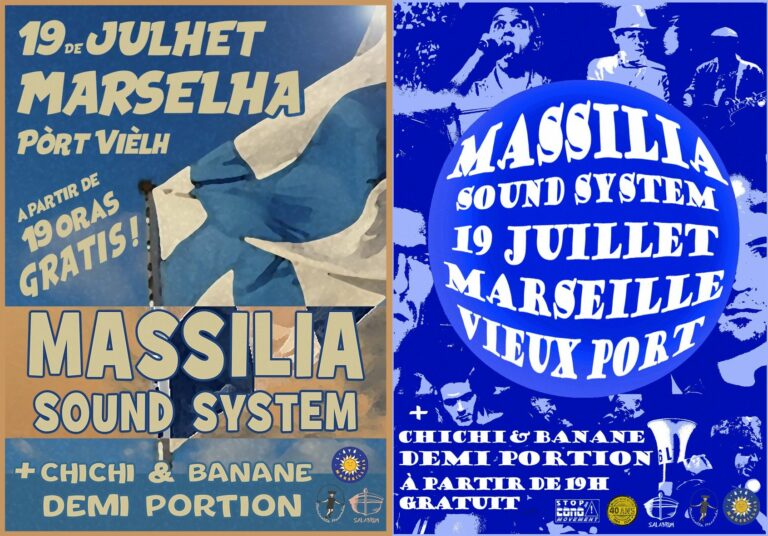
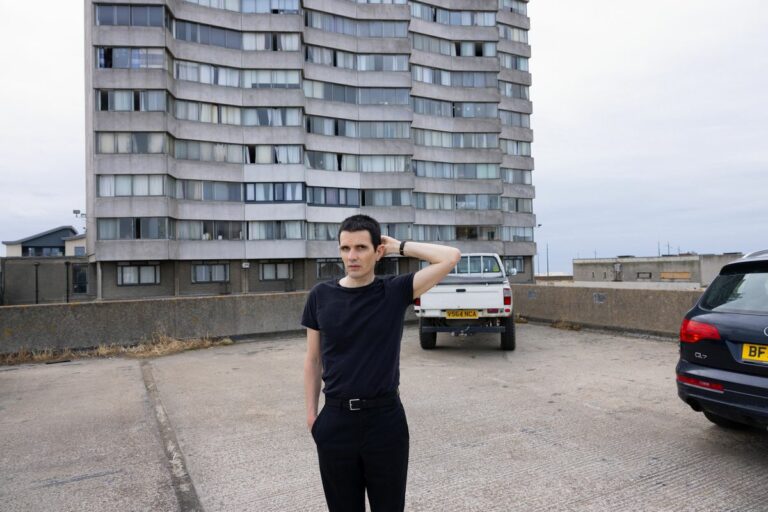
 5 questions à … The Unlikely Boy
5 questions à … The Unlikely Boy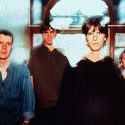 [1997 – 2017] Les drôles de zigotos de Gorky’s Zygotic Mynci
[1997 – 2017] Les drôles de zigotos de Gorky’s Zygotic Mynci